Design Trends and Aesthetics: A Comprehensive Guide to Shopping for Marble and Travertine

Introduction
Journalist (Jane): Welcome, readers, to an enlightening discussion about the design trends and aesthetic possibilities of marble and travertine. These natural stones have graced homes for centuries and remain symbols of elegance and sophistication. Today, I’m joined by interior designer Emma and tile expert Michael to delve into how homeowners can select and use marble and travertine to elevate their spaces.
Understanding Marble and Travertine
Jane: Let's start with the basics. Emma, could you explain the primary differences between marble and travertine?
Emma: Absolutely, Jane. Marble and travertine are both natural stones, but their formation and appearances differ. Marble is a metamorphic rock, prized for its smooth, polished surface and dramatic veining patterns. It exudes luxury and refinement, making it a staple in upscale designs. On the other hand, travertine is a type of limestone formed by mineral deposits in natural springs. It has a more porous, textured finish and a warm, earthy tone that’s perfect for rustic or Mediterranean-inspired spaces.
Jane: Michael, from a practical standpoint, how do these differences influence their suitability for different applications?
Michael: Marble's polished surface makes it ideal for countertops, walls, and flooring where a sleek, sophisticated look is desired. However, it is more prone to staining and etching, especially in high-traffic or moisture-prone areas. Travertine, with its natural grip and matte finish, is excellent for outdoor spaces, pool decks, and bathrooms. Its porous nature requires sealing, but it offers better traction and a more organic look.
Exploring Marble Varieties
Jane: Marble comes in so many varieties. Emma, can you share some of the most popular types and how they can influence a room's design?
Emma: Of course. Here are a few standout options:
- Carrara Marble: Known for its soft gray veining on a white background, Carrara marble is timeless and versatile. It works beautifully in kitchens and bathrooms for a classic yet contemporary feel.
- Calacatta Marble: With bolder, more dramatic veining and a whiter base, Calacatta marble screams luxury. It’s perfect for statement pieces like feature walls or expansive flooring.
- Thassos Marble: Hailing from Greece, Thassos marble offers a pure, crystalline white look that enhances brightness and creates a modern, clean aesthetic.
- Dolomite Marble: A softer alternative to traditional marbles, dolomite features subtle gray veining and a creamy white base, making it a favorite for understated elegance.
Jane: Michael, how do availability and pricing differ among these varieties?
Michael: Carrara marble is more abundant, making it the most affordable option among the ones Emma mentioned. Calacatta and Thassos are rarer and therefore more expensive, often reserved for high-end projects. Dolomite falls in between—it’s not as rare as Calacatta but offers a unique aesthetic, making it a popular choice for those seeking balance between cost and exclusivity.
Diving into Travertine Options
Jane: Let’s shift to travertine. What are the must-know types for homeowners?
Emma: Travertine offers a range of colors and finishes. Some popular choices include:
- Ivory Travertine: A light, creamy shade that creates an airy and elegant atmosphere.
- Noce Travertine: A rich brown option that adds warmth and depth to any space.
- Walnut Travertine: A mid-tone hue that’s versatile and works well in both traditional and contemporary settings.
- Scabos Travertine: A mix of warm colors and patterns, perfect for creating rustic or Tuscan-inspired designs.
Jane: Michael, are there any considerations homeowners should keep in mind when selecting travertine?
Michael: Absolutely. The finish is key. Polished travertine offers a glossy surface but can be slippery, so it’s better suited for walls or low-traffic areas. Honed or tumbled finishes provide a matte texture with more traction, making them ideal for floors, bathrooms, and outdoor spaces. Also, travertine requires sealing to prevent moisture absorption and staining, especially in kitchens and bathrooms.
Incorporating Mosaics and Trim Moldings
Jane: Mosaics and trim moldings seem to add a lot of character to spaces. Emma, how can these elements elevate a design?
Emma: Mosaics are a designer’s playground. They allow for creativity and can add texture, color, or visual interest to backsplashes, shower walls, or accent pieces. Trim moldings, on the other hand, offer a polished and finished look, framing the design beautifully. For example, a Calacatta mosaic backsplash paired with marble trim moldings can create a luxurious, cohesive kitchen or bathroom design.
Jane: Michael, are there practical considerations for homeowners when choosing mosaics and moldings?
Michael: Definitely. It’s essential to ensure that the mosaic and trim match the primary stone in color and finish. Grout lines are another consideration. Mosaics have more grout lines, which may require more maintenance. Using high-quality grout and sealant can help reduce upkeep.
Current Design Trends in Marble and Travertine
Jane: Let’s dive into some of the hottest design trends. Emma, what’s currently in vogue for marble and travertine?
Emma: Natural stones are more popular than ever, with homeowners embracing their organic beauty. Key trends include:
- Earthy Elegance: Travertine is making a big comeback for its warm, natural tones that blend seamlessly with organic and minimalist interiors.
- Mixed Materials: Pairing marble with other stones or metals is a growing trend. For example, combining Carrara marble with brass fixtures creates a striking contrast.
- Large-Format Tiles: Fewer grout lines and a cleaner look make these tiles a favorite for modern designs.
- Textured Finishes: Honed or brushed finishes on both marble and travertine are gaining popularity for their understated sophistication.
Jane: Michael, what about innovative applications or techniques?
Michael: Mixing stone types is a creative approach. For instance, pairing bold Calacatta marble with subtle Dolomite accents can add depth to a space. We’re also seeing more people opt for custom switch plates and wall plates in marble and travertine, which tie the entire design together.
Practical Tips for Maintenance
Jane: Let’s talk maintenance. Michael, what are the best practices for caring for marble and travertine?
Michael: Both marble and travertine require sealing to protect against stains and moisture. For daily cleaning, a pH-neutral cleaner is ideal. Avoid acidic cleaners, as they can etch the surface. Regularly resealing the stone—every six months for high-use areas—is also crucial.
Jane: Emma, how does maintenance tie into long-term design decisions?
Emma: Proper maintenance not only preserves the stone’s appearance but also extends its lifespan. When homeowners understand the care requirements, they can make more informed choices about where and how to use these materials in their designs.
Frequently Asked Questions
-
Can travertine be used in modern interiors?
Yes, with its warm tones and finishes like honed or brushed, travertine fits beautifully into modern, minimalist designs. -
What’s the best marble for a statement wall?
Calacatta marble, with its bold veining, is an excellent choice for creating a stunning focal point. -
Are mosaics hard to maintain?
Mosaics do have more grout lines, but high-quality grout and regular sealing can minimize upkeep.
Conclusion
Jane: Thank you, Emma and Michael, for sharing your expertise. Whether you’re drawn to the bold veining of marble or the earthy elegance of travertine, these natural stones offer timeless beauty and endless design possibilities. By understanding their characteristics, exploring creative trends, and committing to proper maintenance, homeowners can create spaces that are both functional and breathtaking.

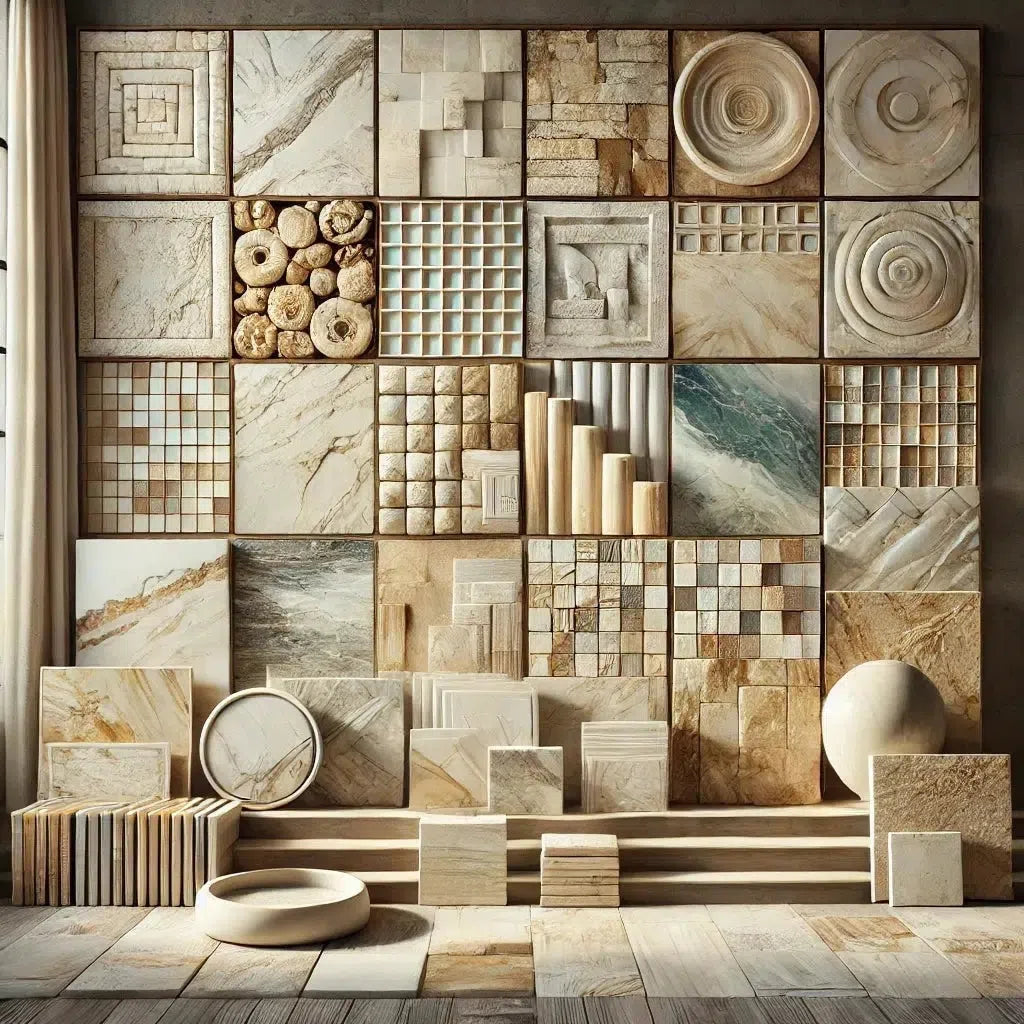 Best Selling Marble Collections
Best Selling Marble Collections
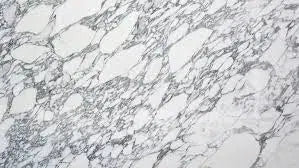 Arabescato Corchia
Arabescato Corchia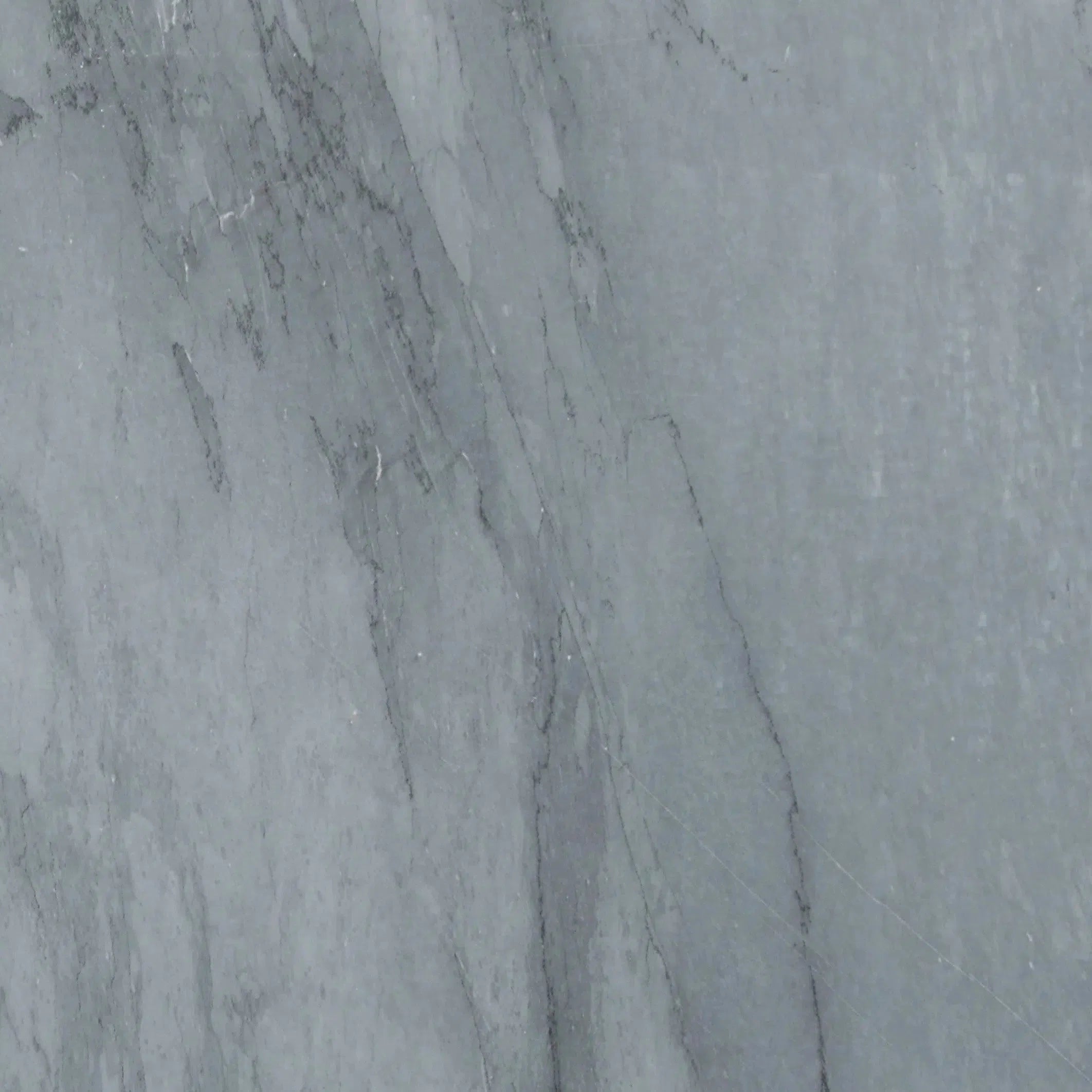 Bardiglio
Bardiglio Bianco Dolomite
Bianco Dolomite 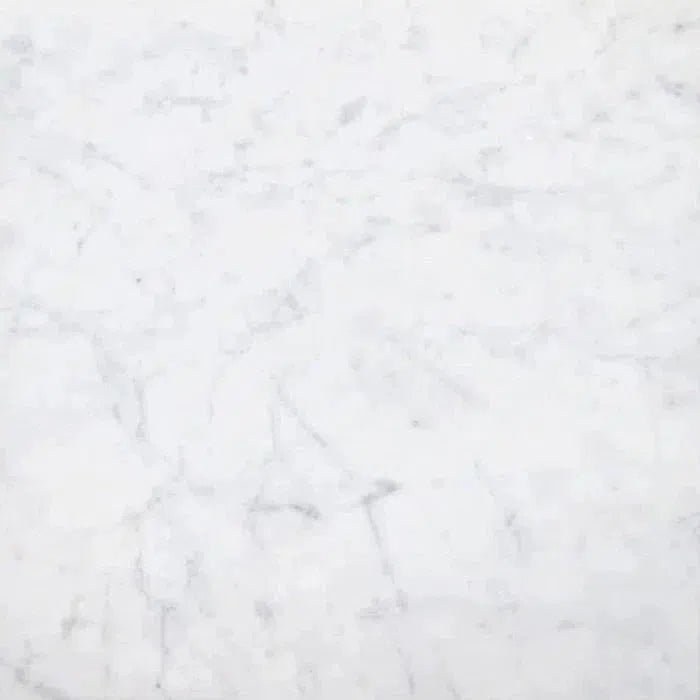 Carrara White
Carrara White 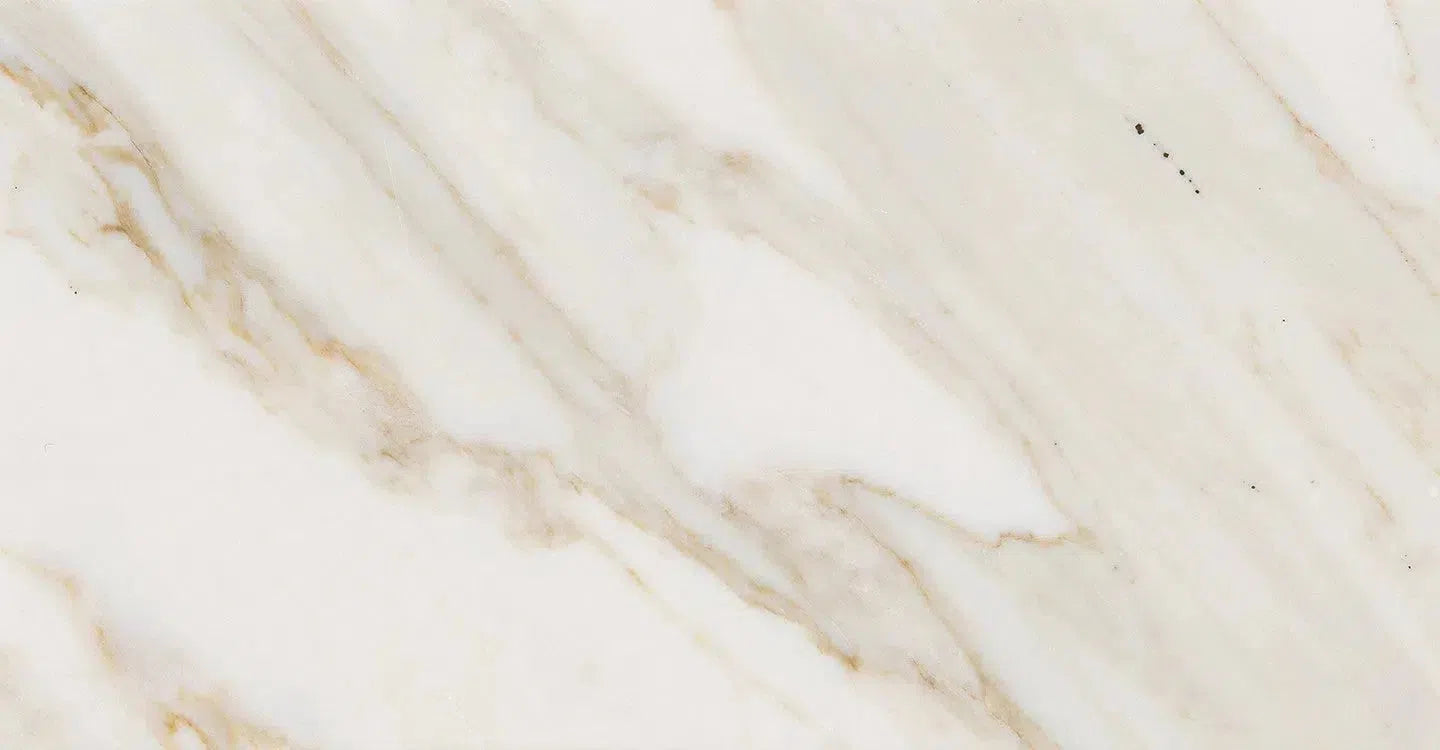 Calacatta Gold
Calacatta Gold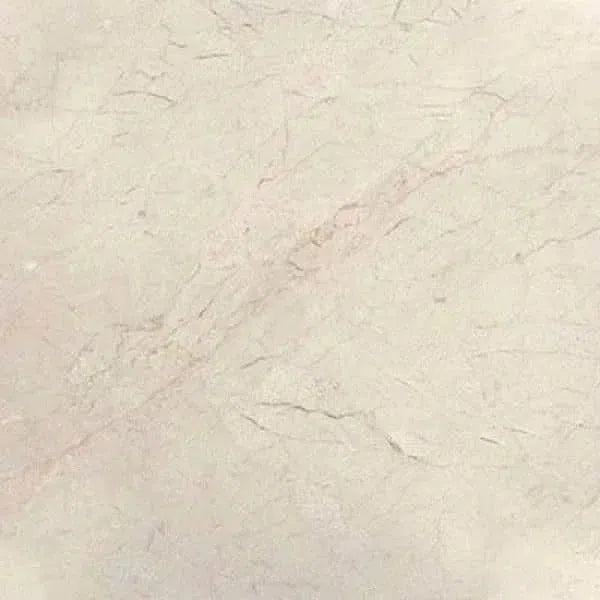 Crema Marfil
Crema Marfil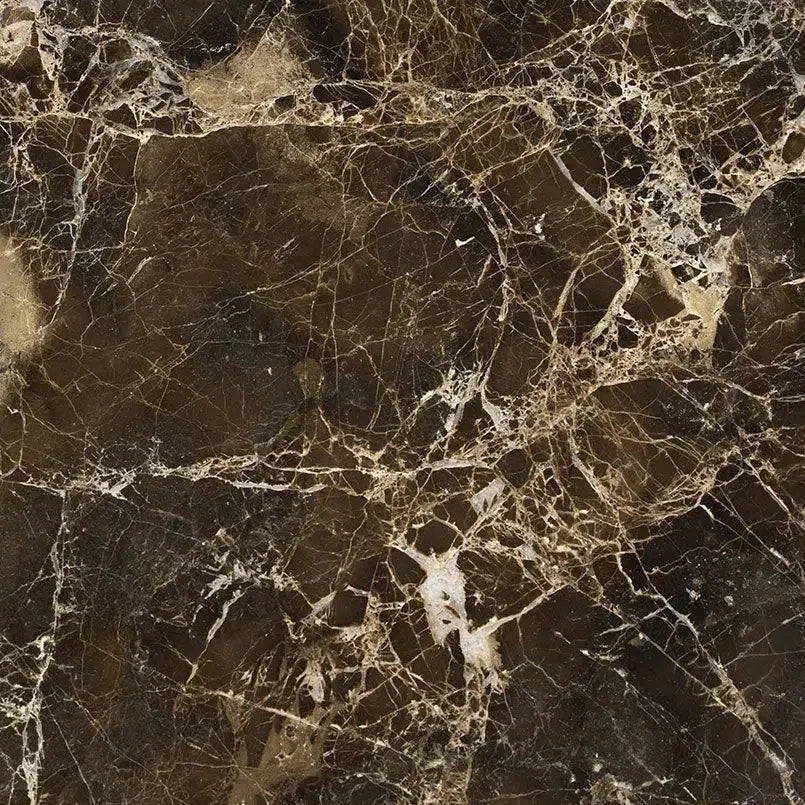 Emperador Dark
Emperador Dark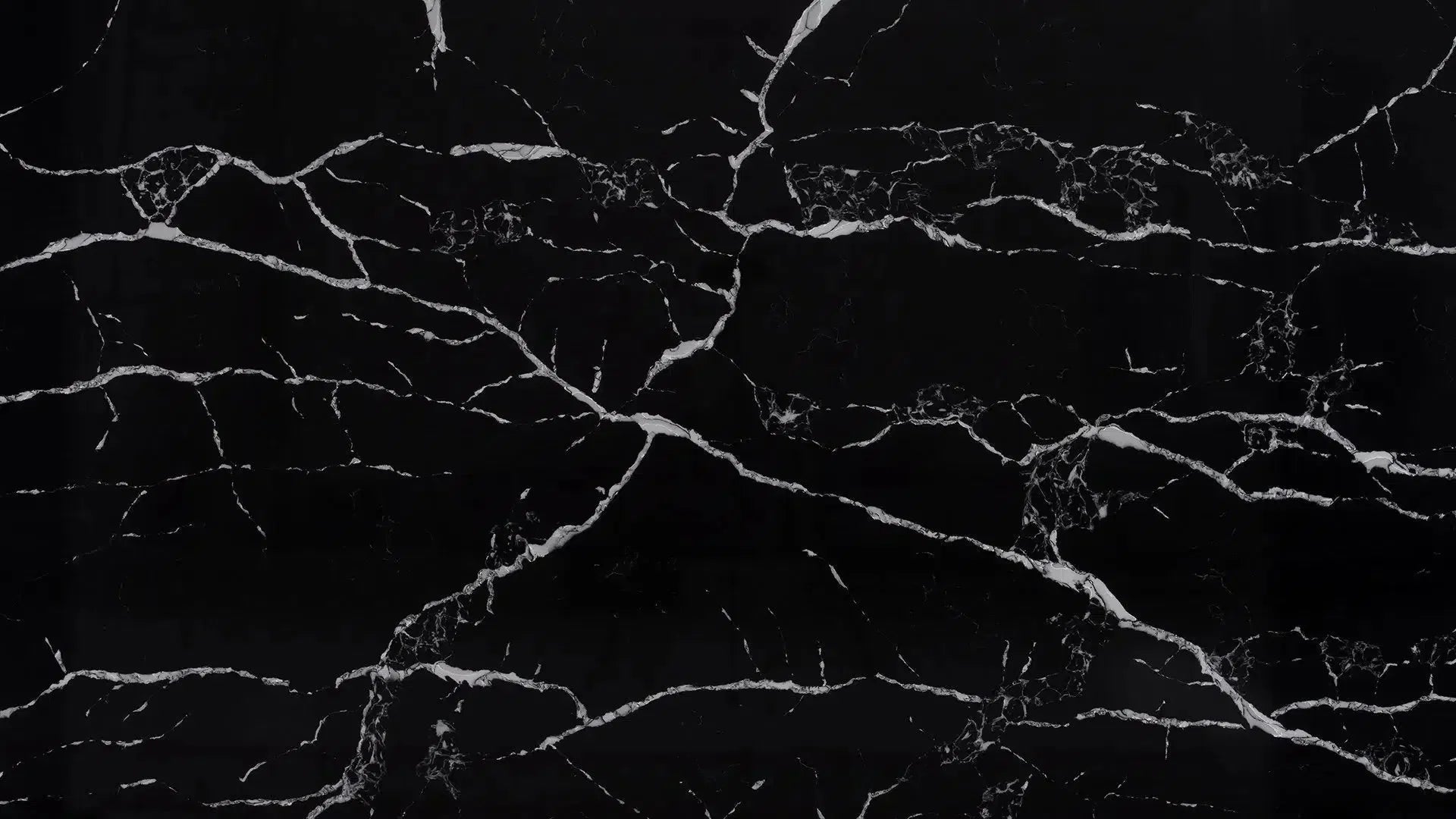 Nero Marquina
Nero Marquina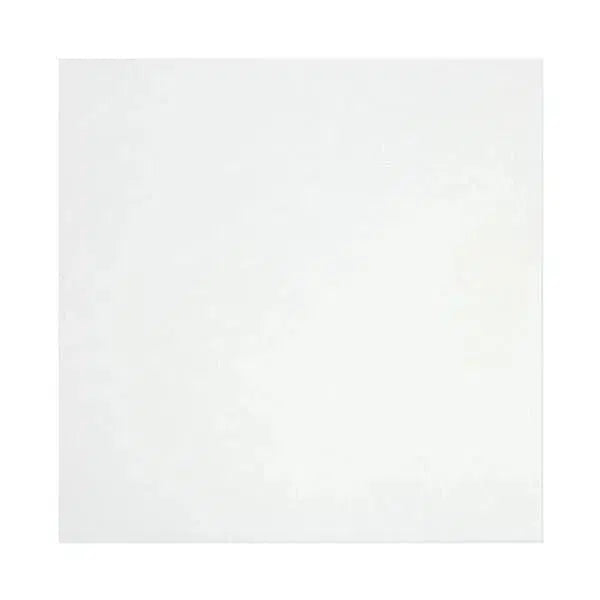 Thassos White
Thassos White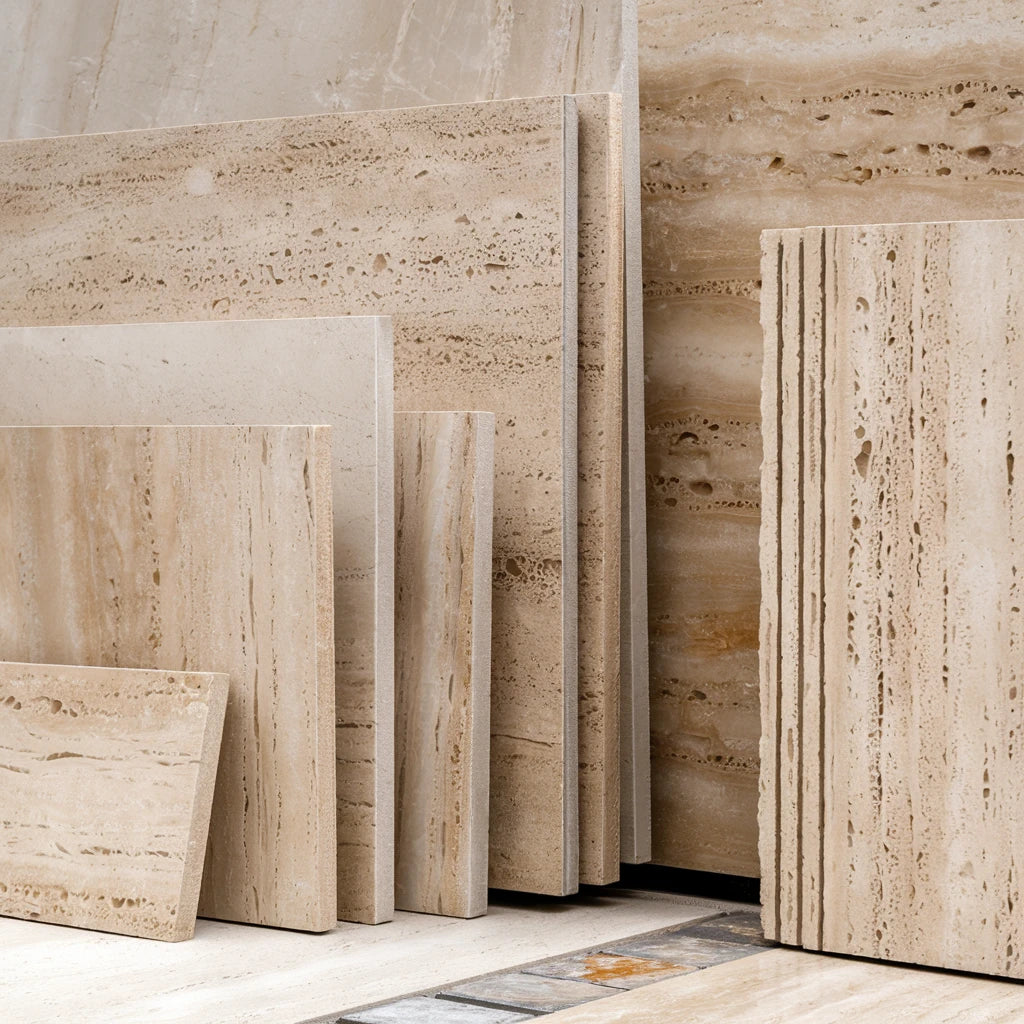 Best Selling Travertine Collections
Best Selling Travertine Collections
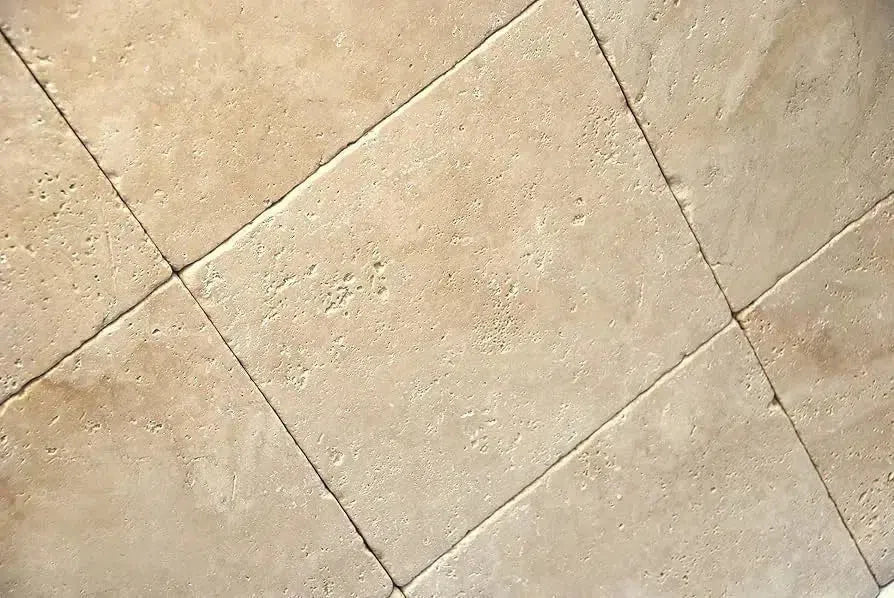 Ivory Travertine
Ivory Travertine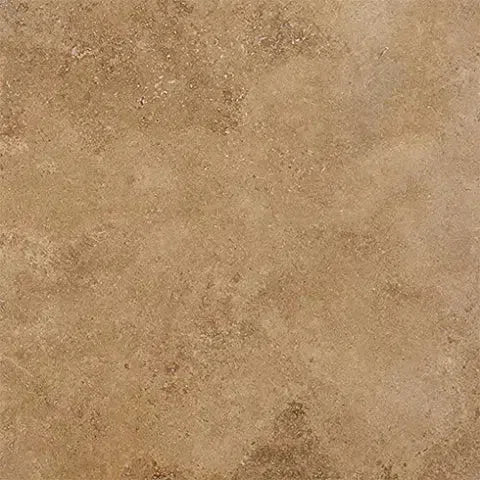 Noce Travertine
Noce Travertine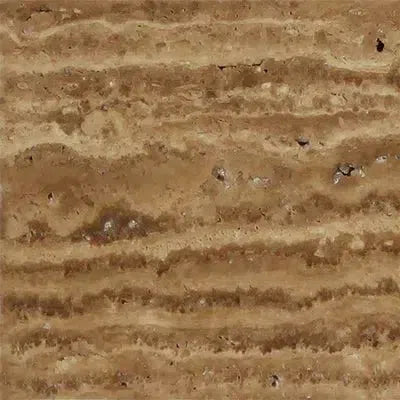 Exotic Noce Travertine
Exotic Noce Travertine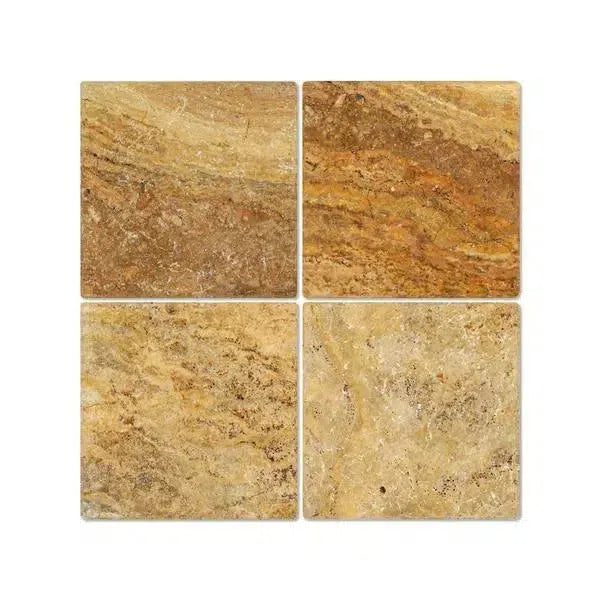 Scabos | Autumn Leaves Travertine
Scabos | Autumn Leaves Travertine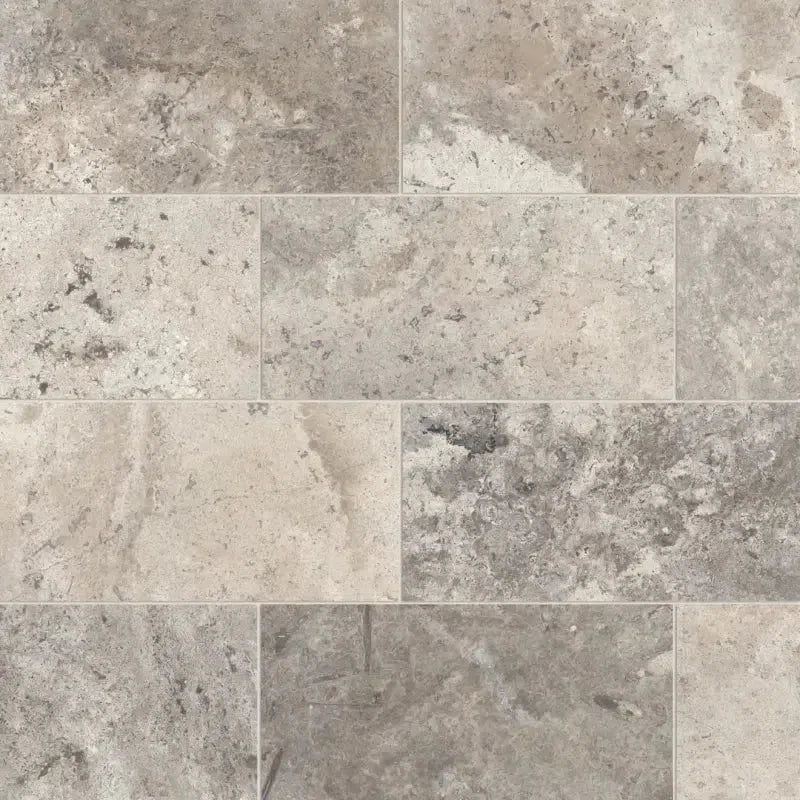 Silver Travertine
Silver Travertine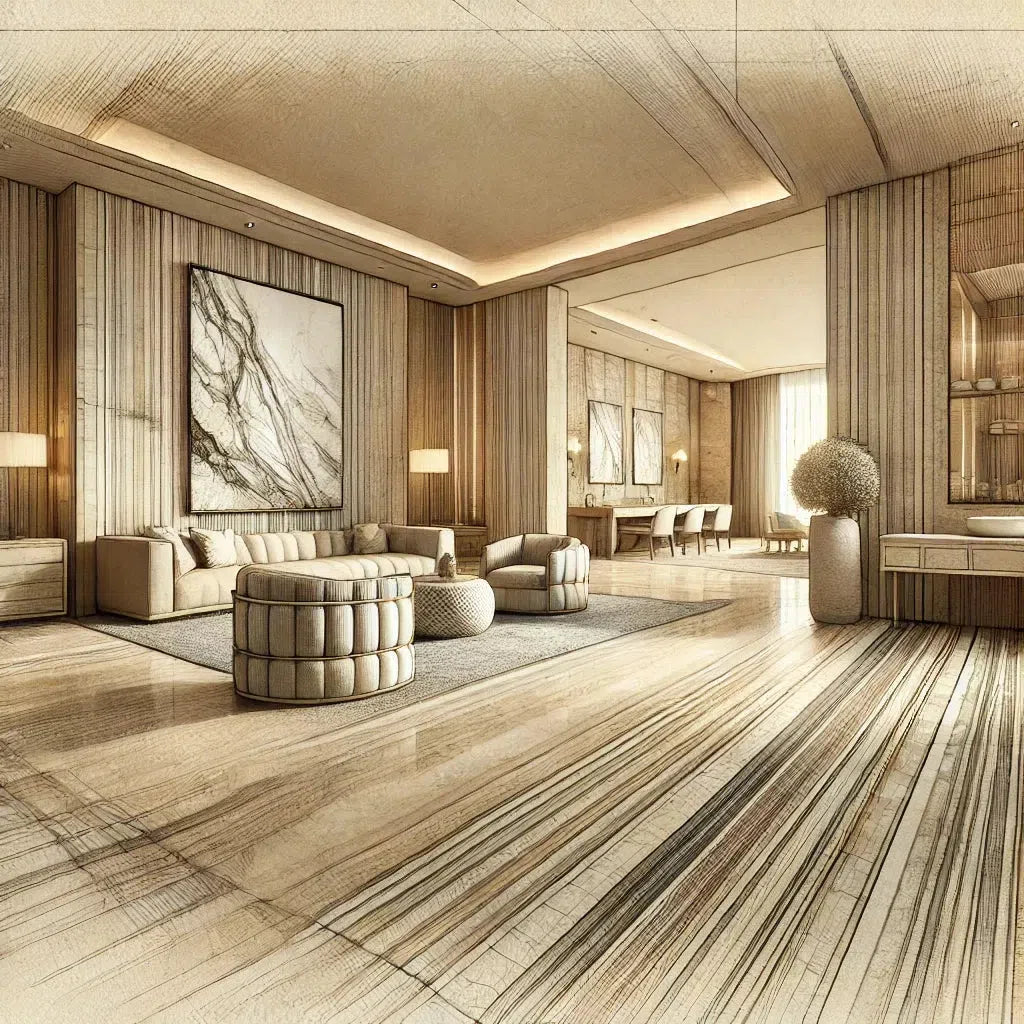 Exotic Travertine
Exotic Travertine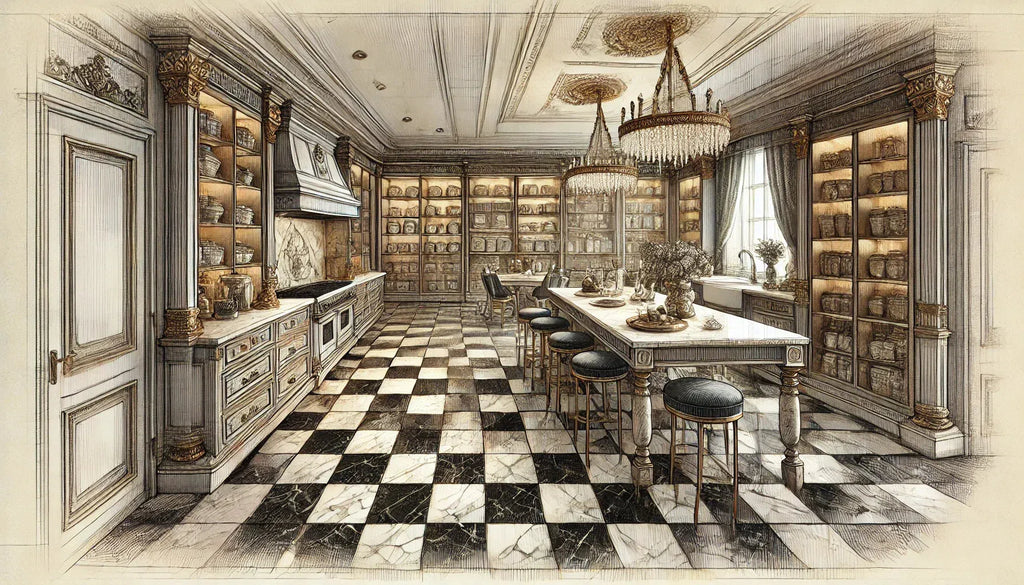 Checkerboard
Checkerboard
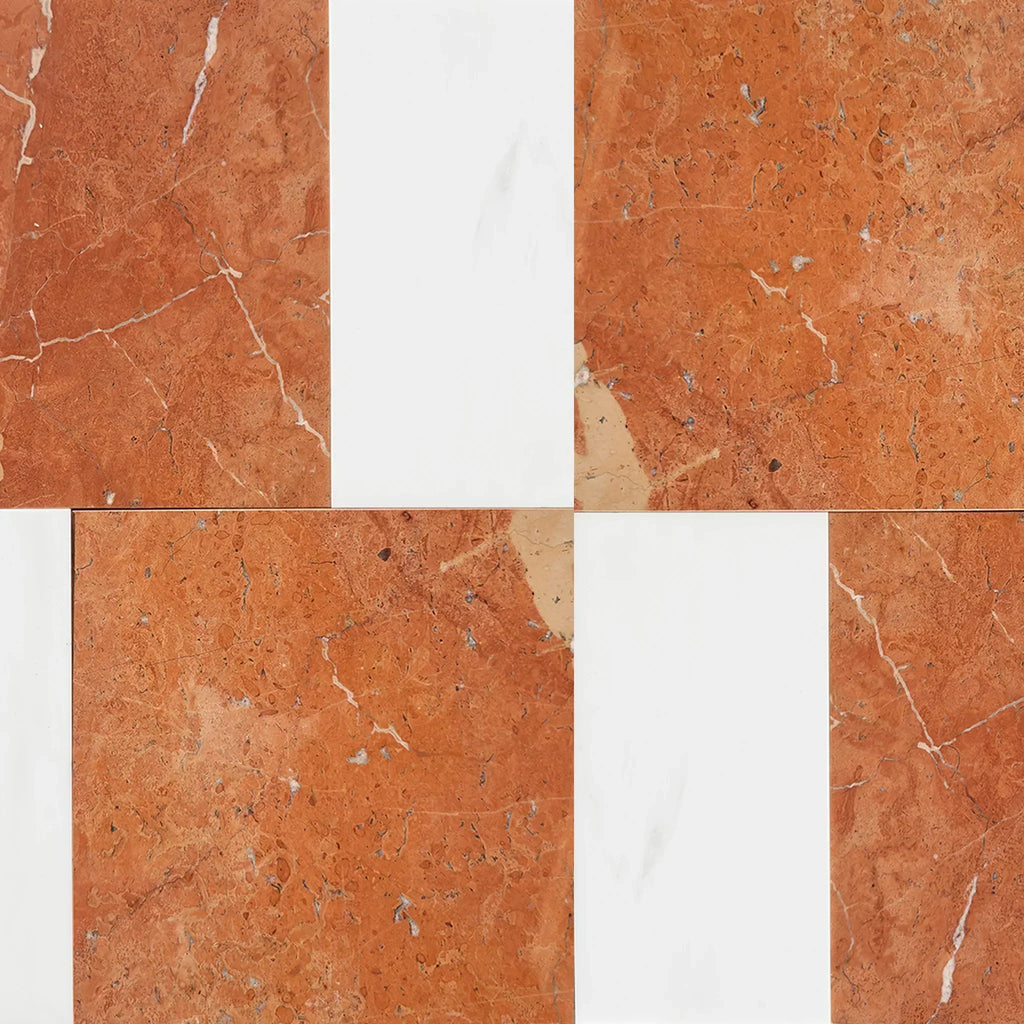 Patterned Tile
Patterned Tile
 Shop By Material
Shop By Material
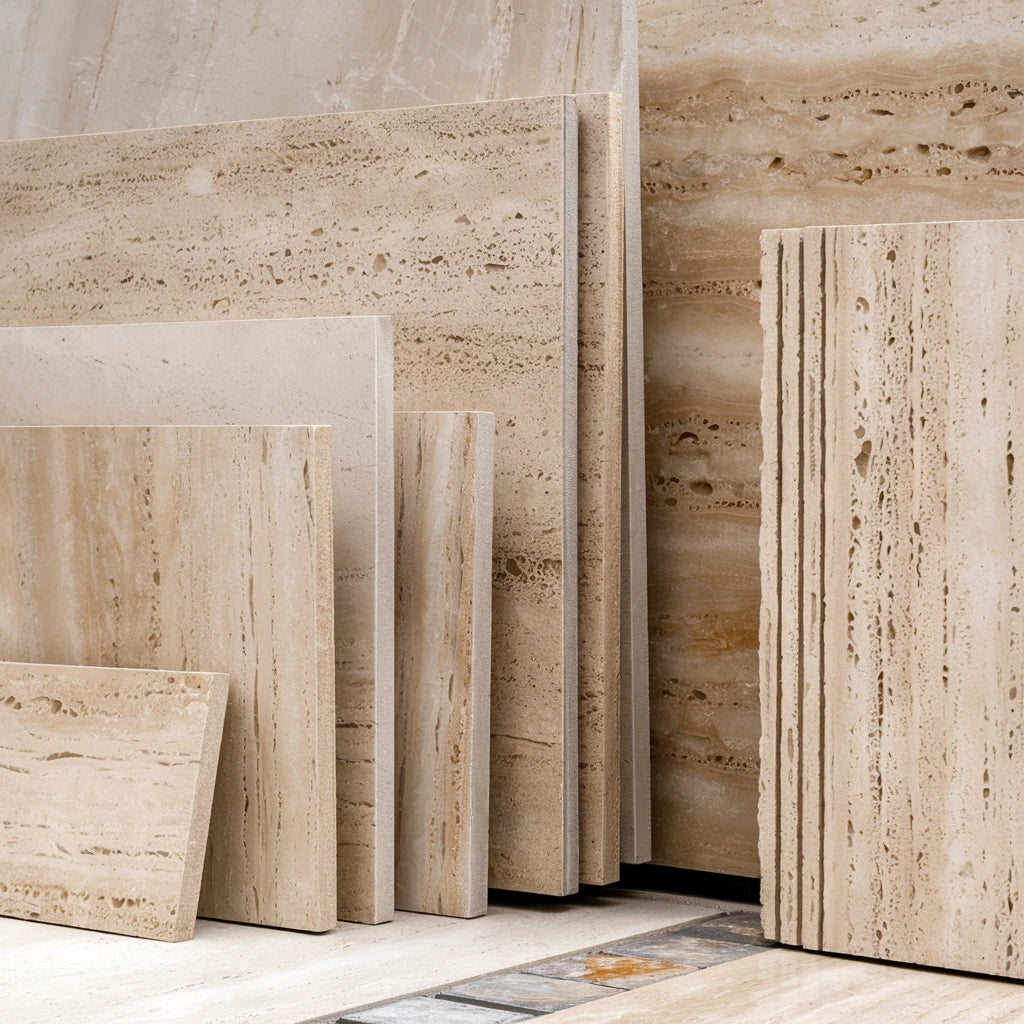 Travertine
Travertine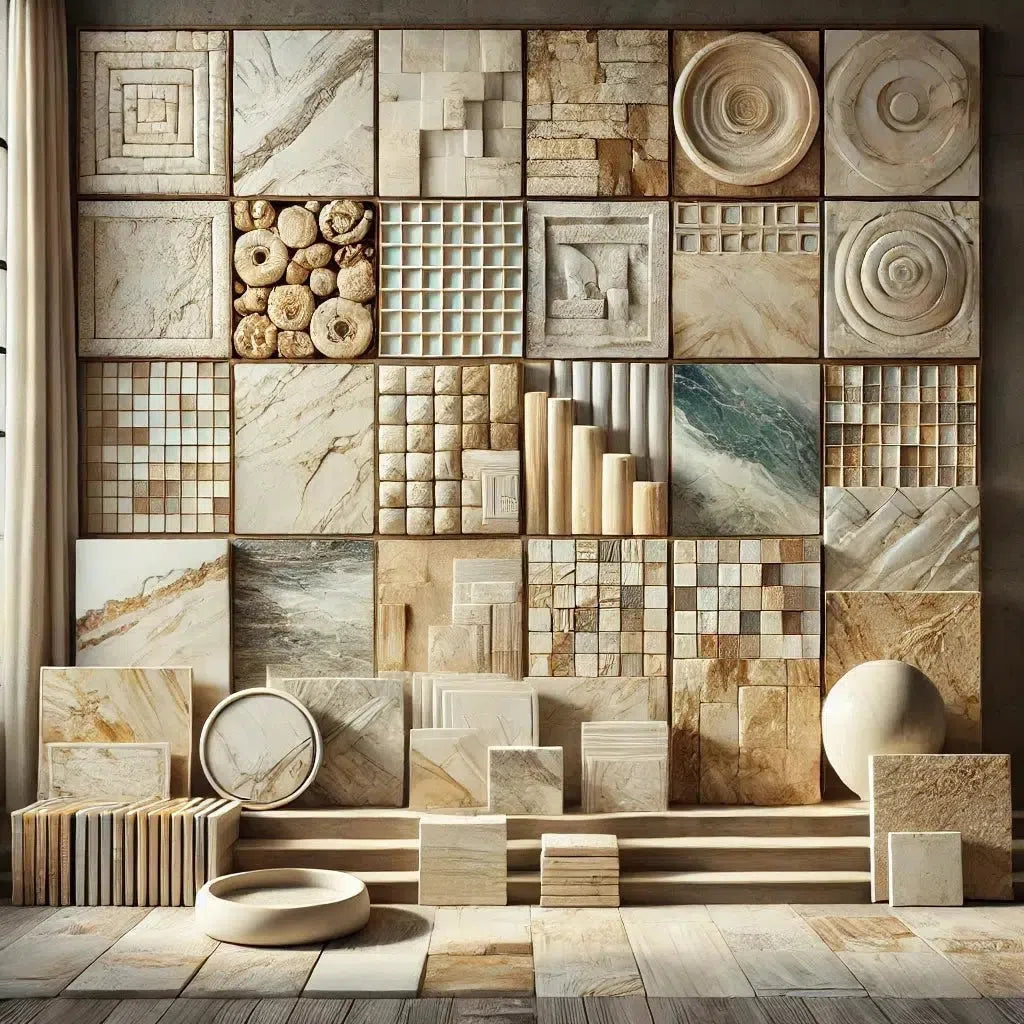 Marble
Marble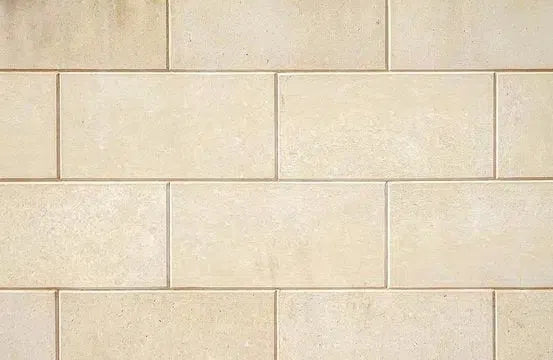 Limestone
Limestone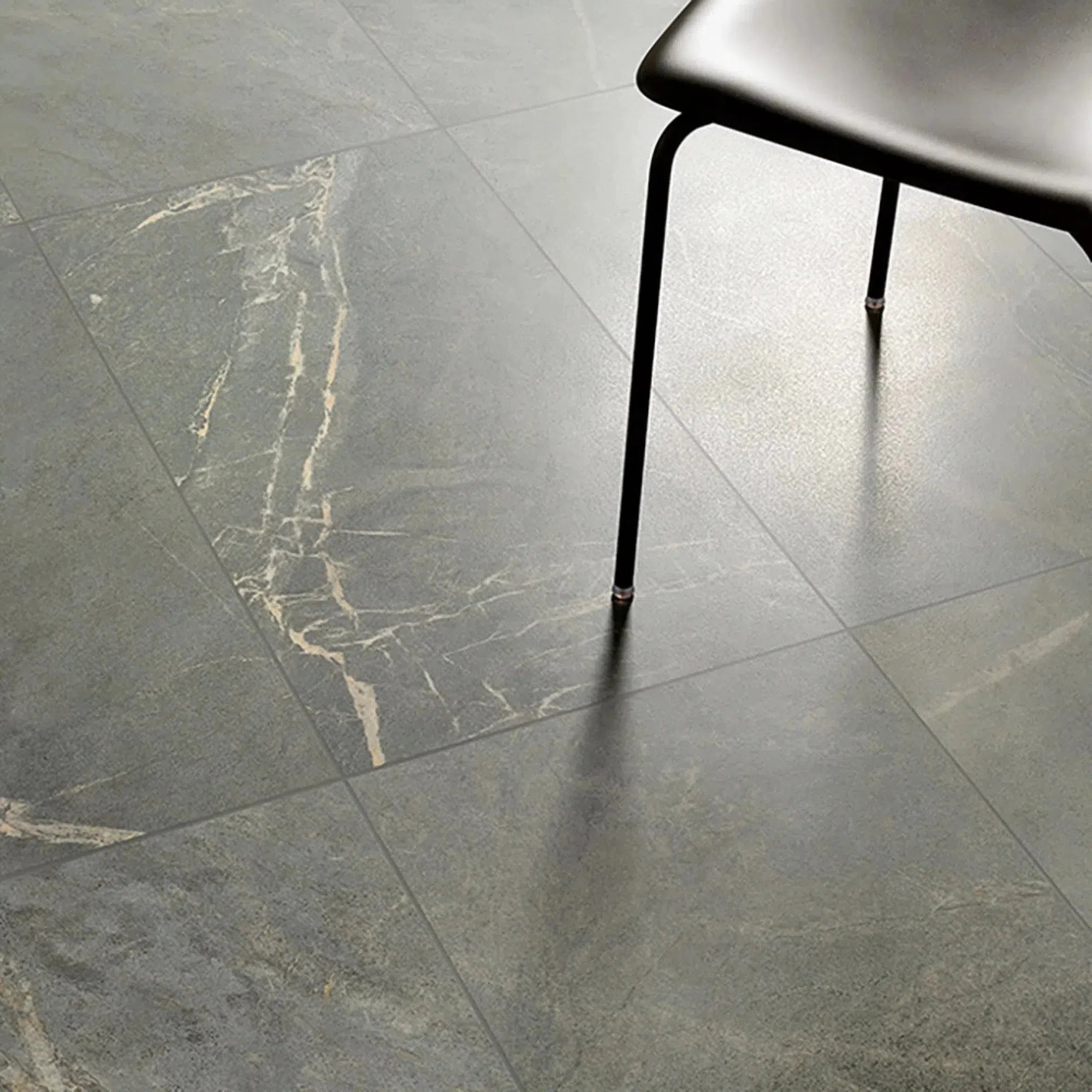 Soap Stone
Soap Stone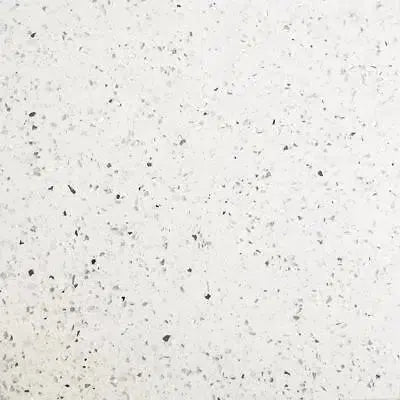 Quartz
Quartz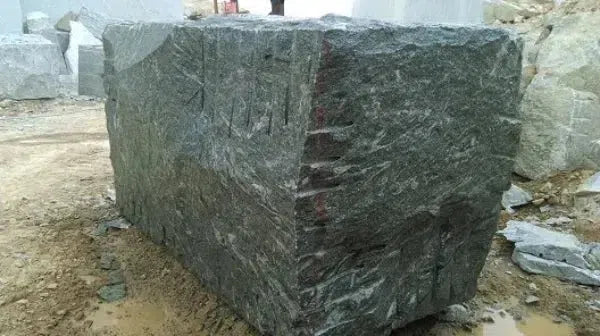 Granite
Granite Shop By Name
Shop By Name
 Absolute Black Granite
Absolute Black Granite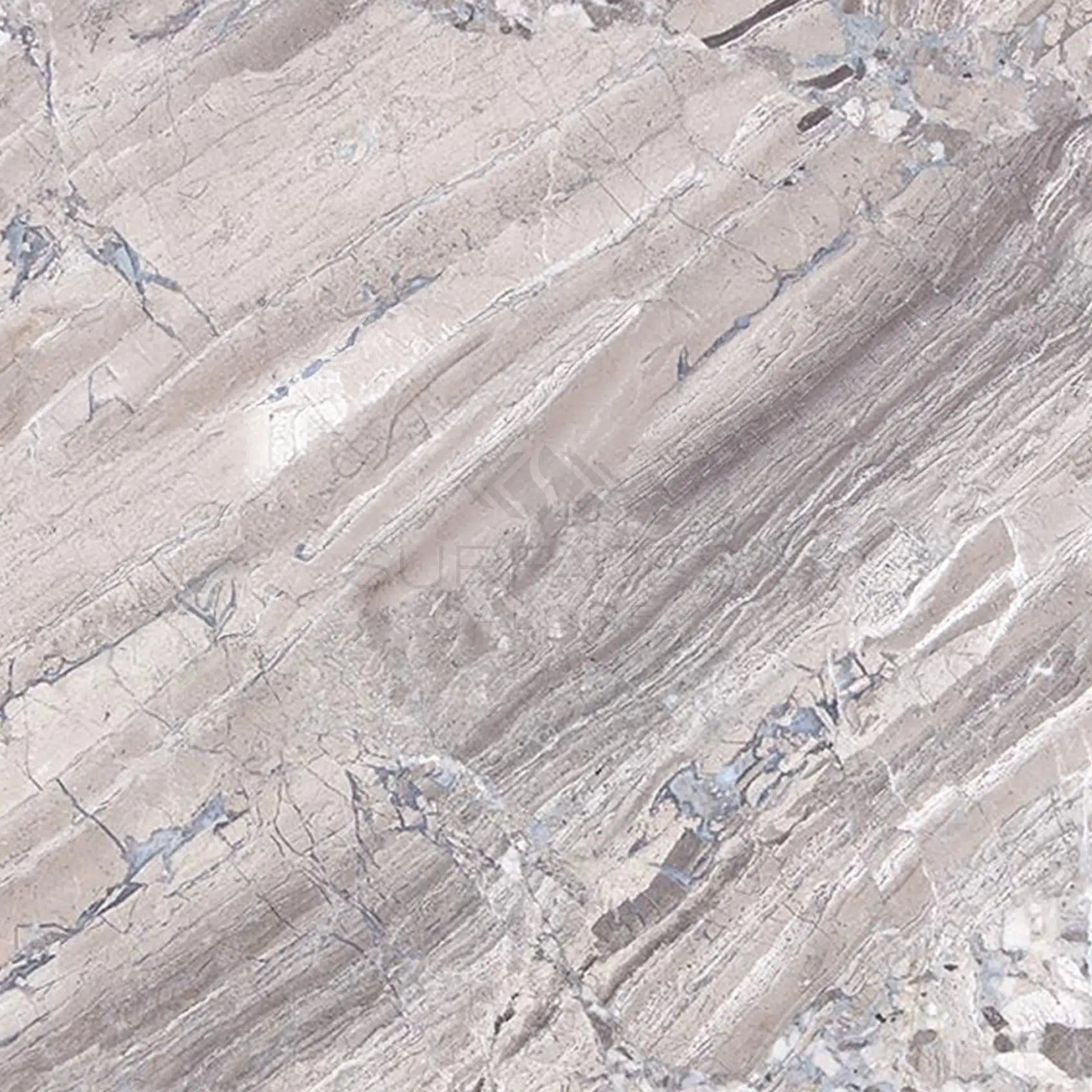 Atlantic Gray Marble
Atlantic Gray Marble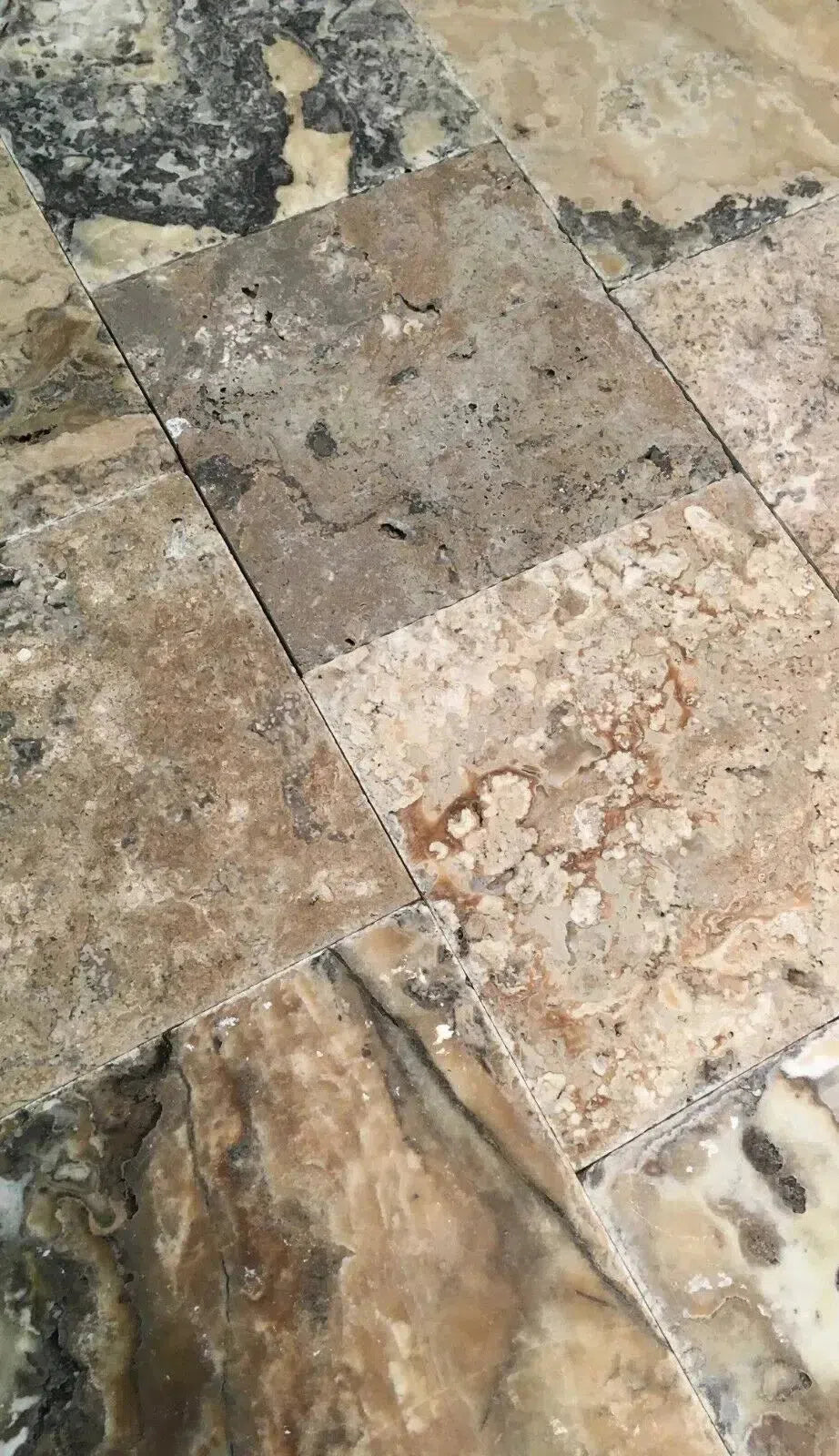 Antico Onyx Travertine
Antico Onyx Travertine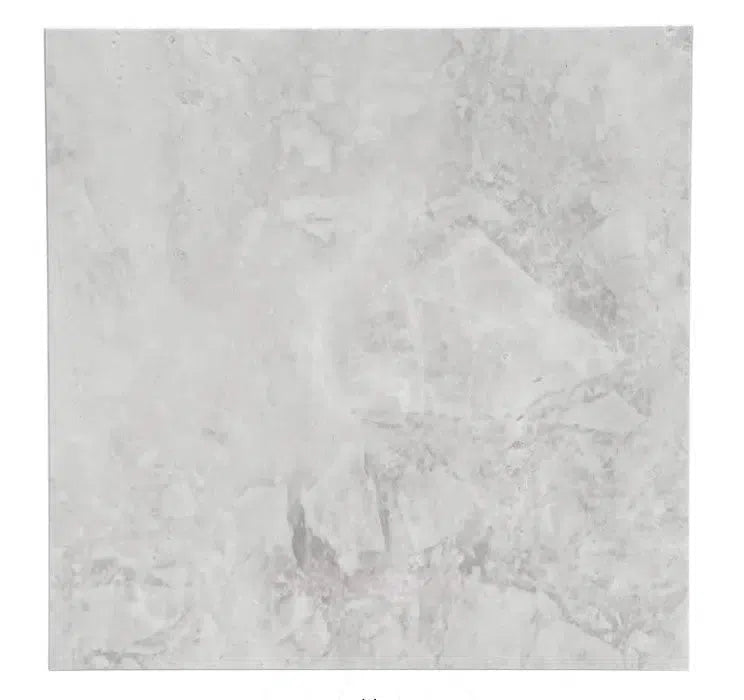 Bianco Congelato Dolomite
Bianco Congelato Dolomite Bianco Venatino (Bianco Mare) Marble
Bianco Venatino (Bianco Mare) Marble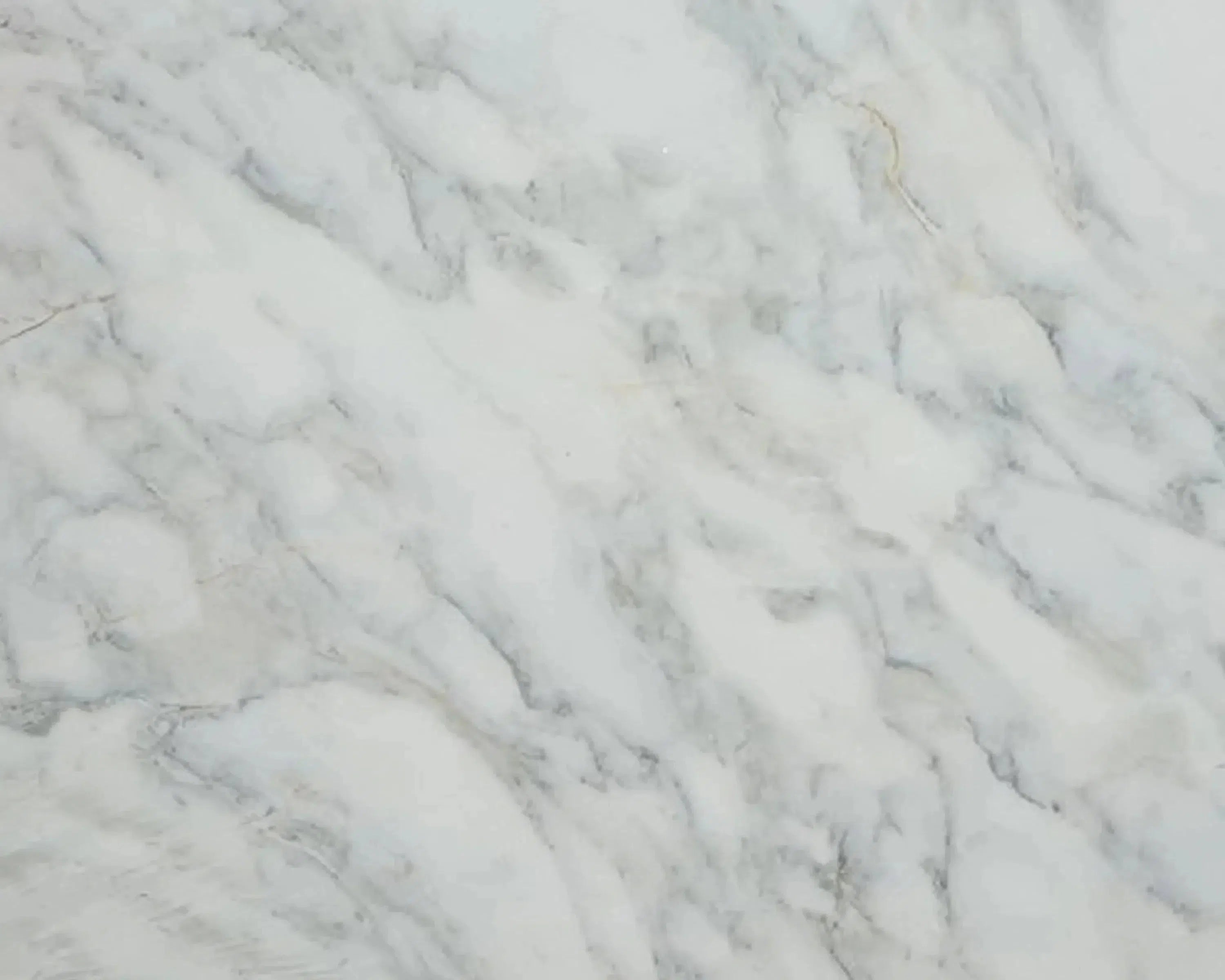 Calacatta Oliva Marble
Calacatta Oliva Marble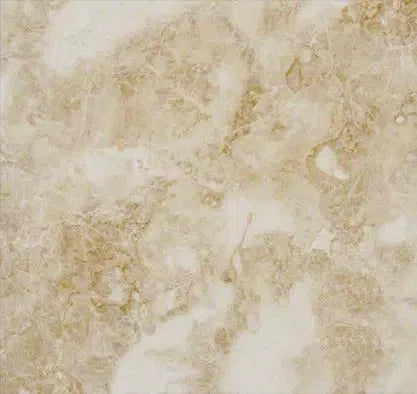 Cappuccino Marble
Cappuccino Marble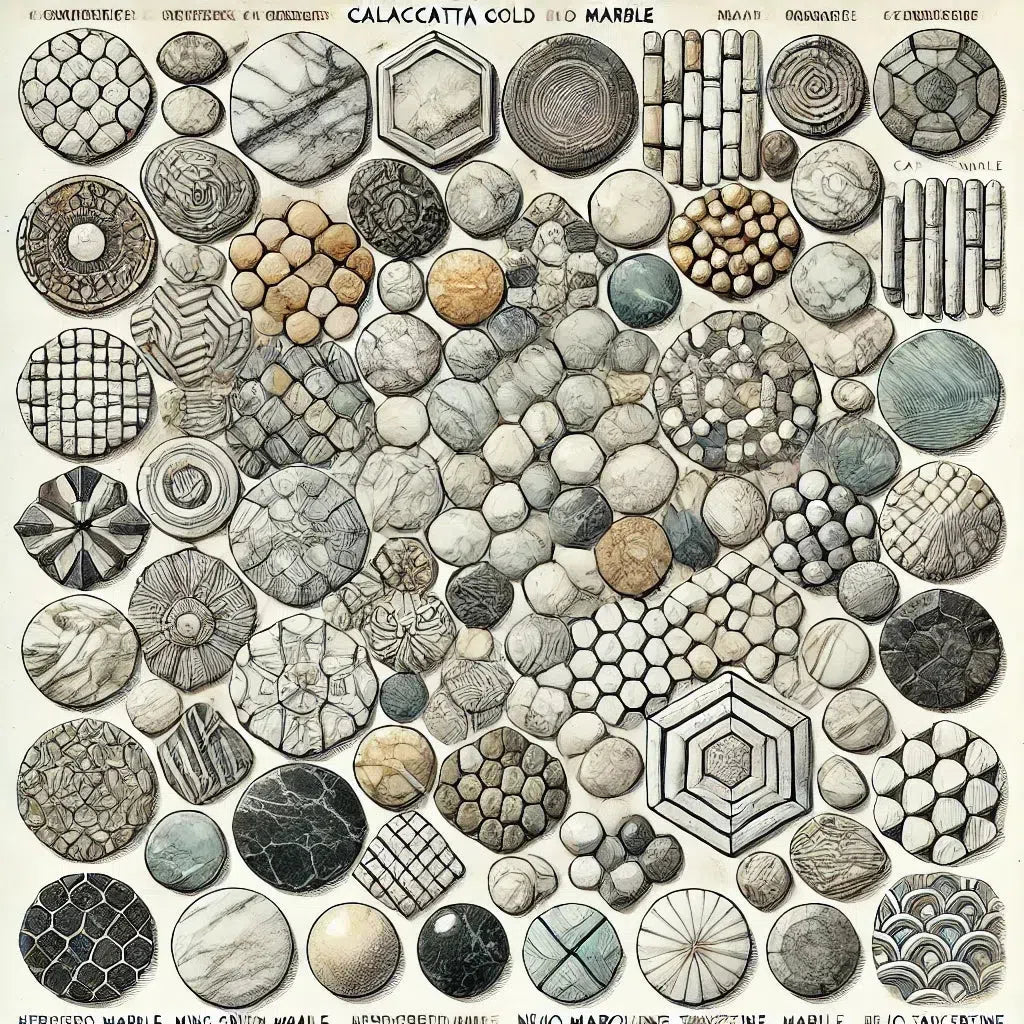 Custom-Made Mosaic
Custom-Made Mosaic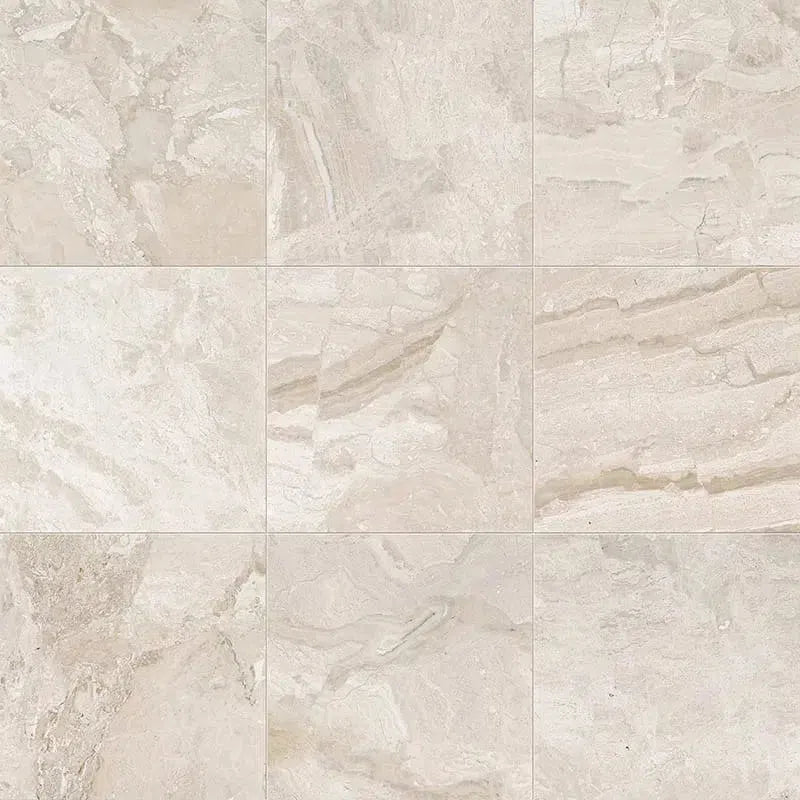 Diano Royal (Queen Beige) Marble
Diano Royal (Queen Beige) Marble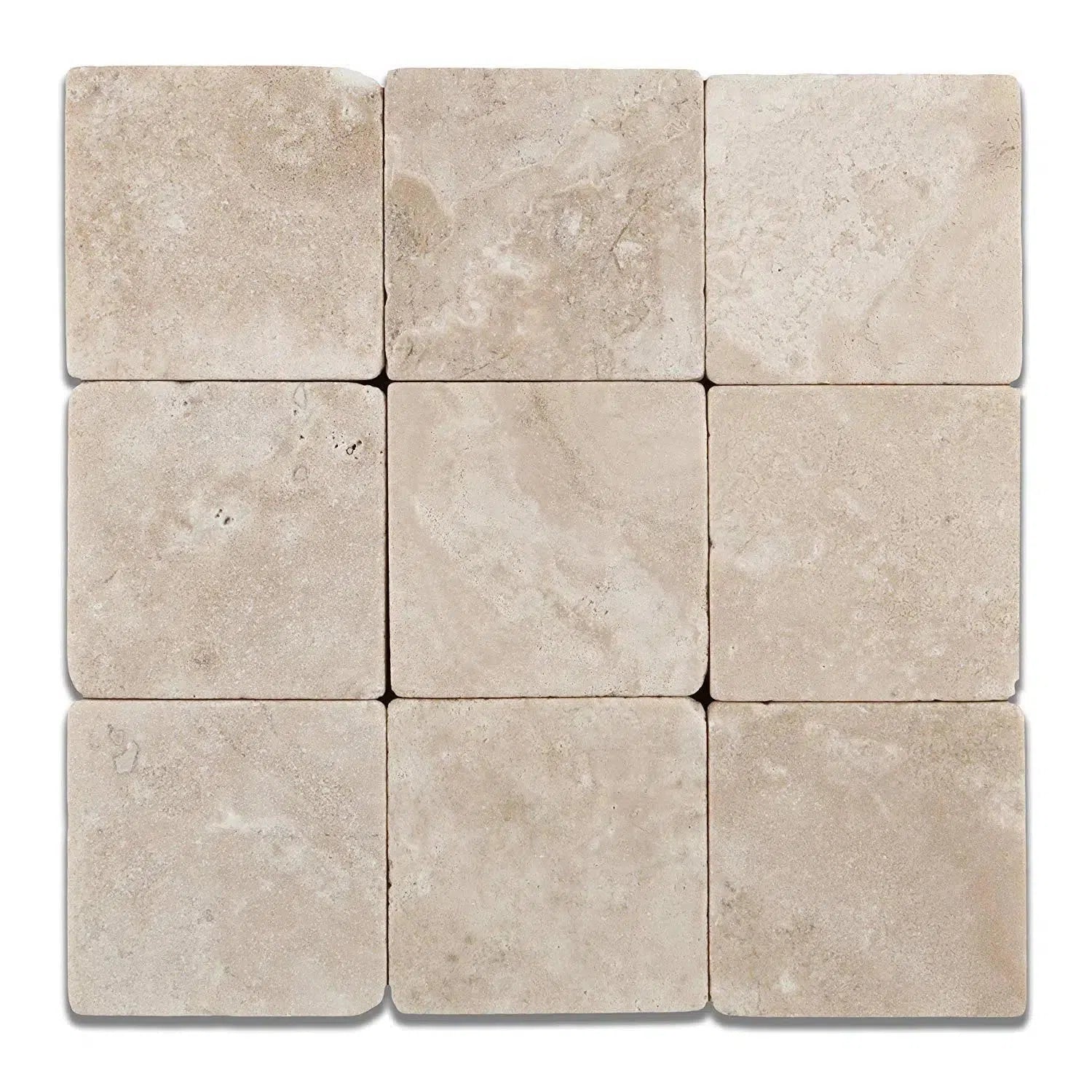 Durango Cream Traverine
Durango Cream Traverine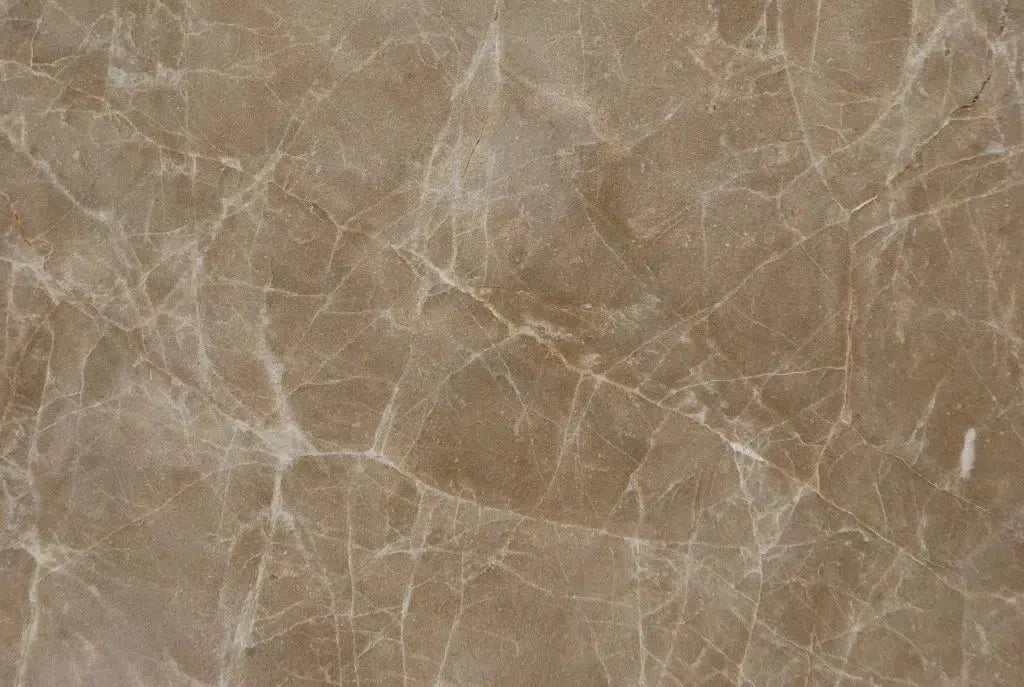 Emperador Light Marble
Emperador Light Marble Empress Green Marble
Empress Green Marble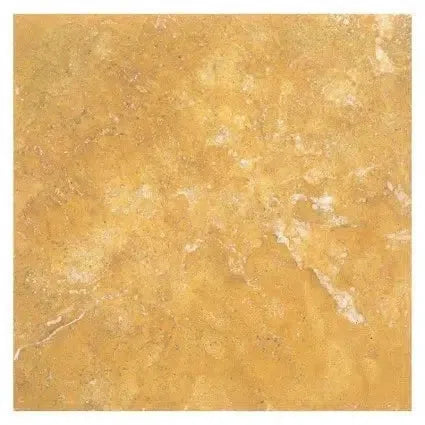 Gold/Yellow Travertine
Gold/Yellow Travertine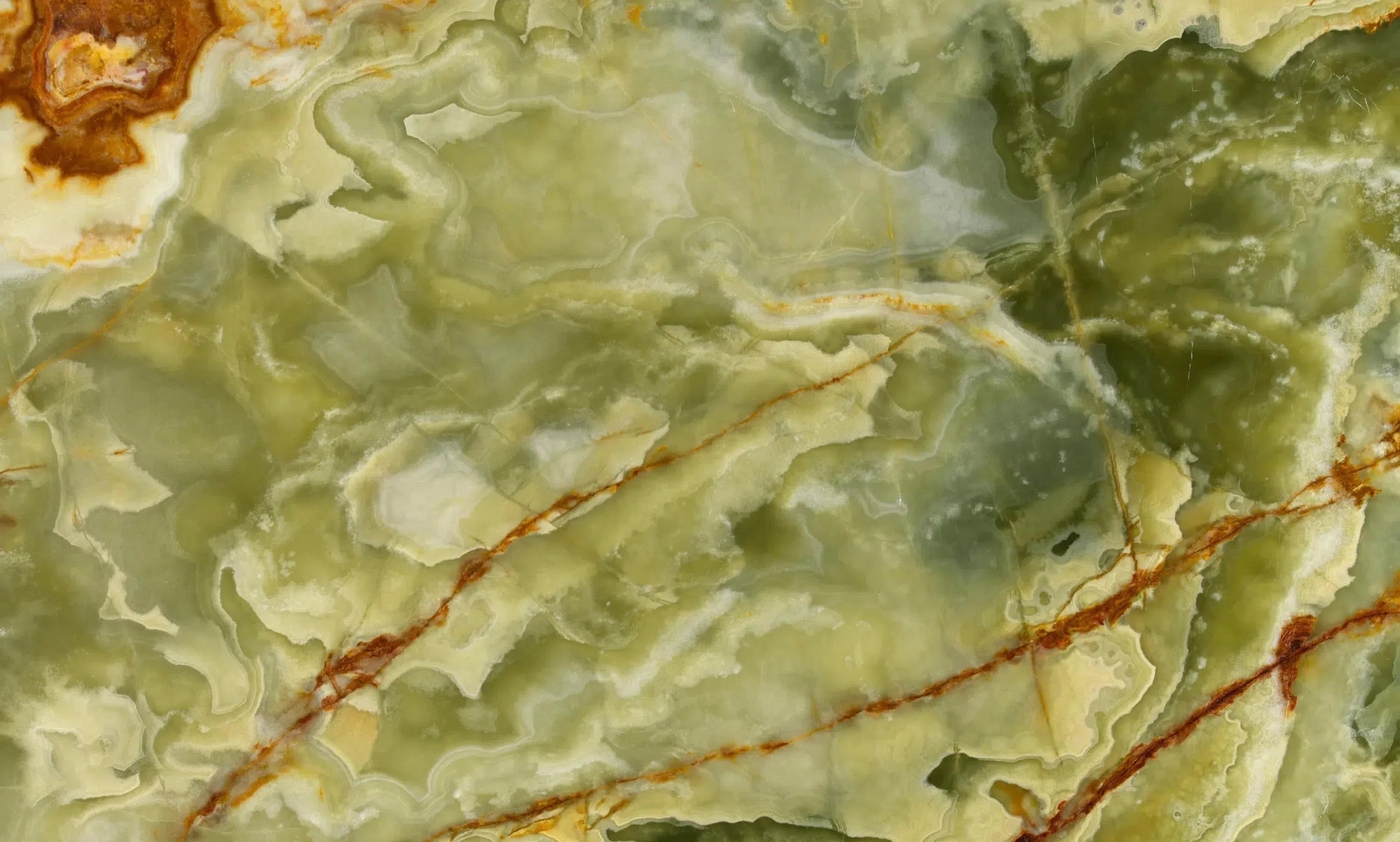 Green Onyx Marble
Green Onyx Marble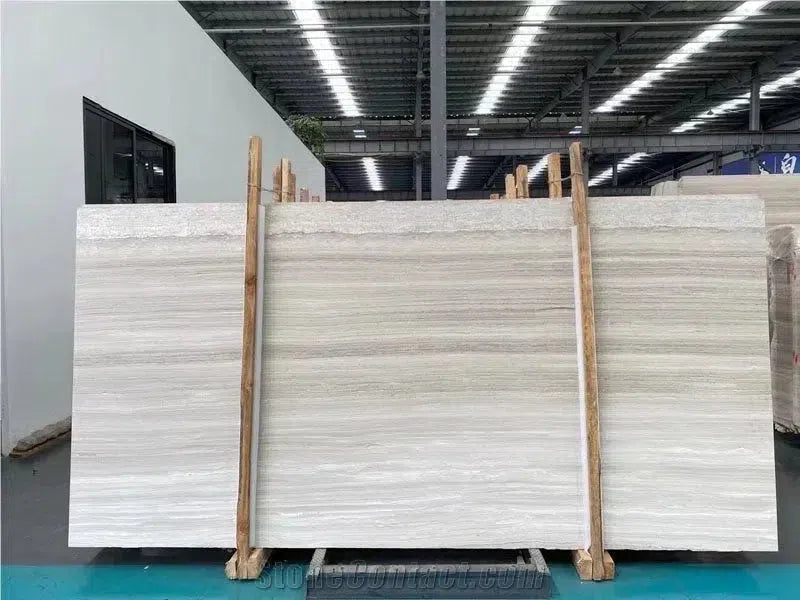 Haisa Light (White Wood) Limestone
Haisa Light (White Wood) Limestone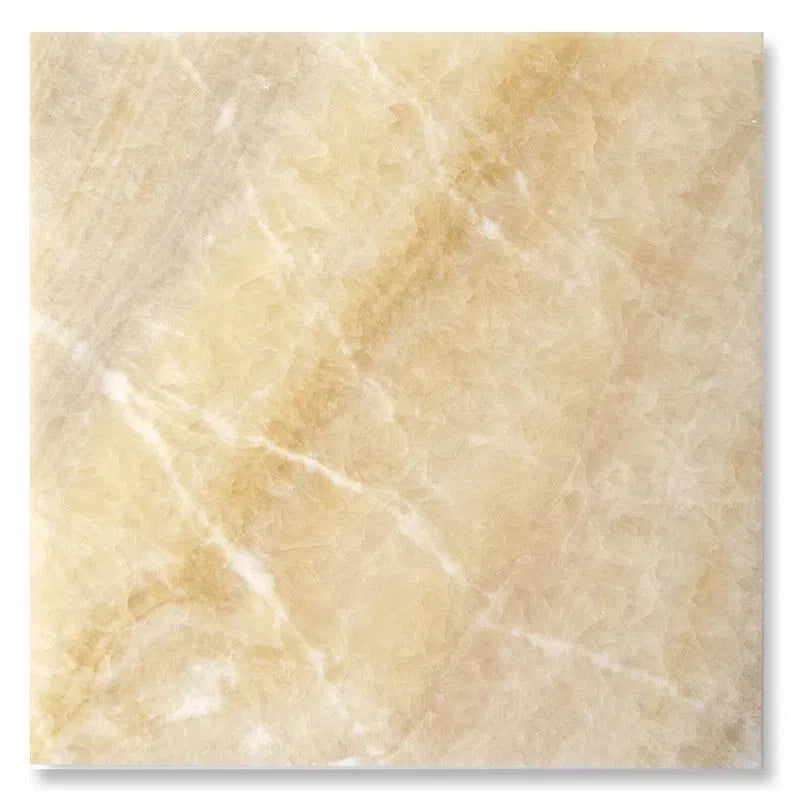 Honey Onyx Marble
Honey Onyx Marble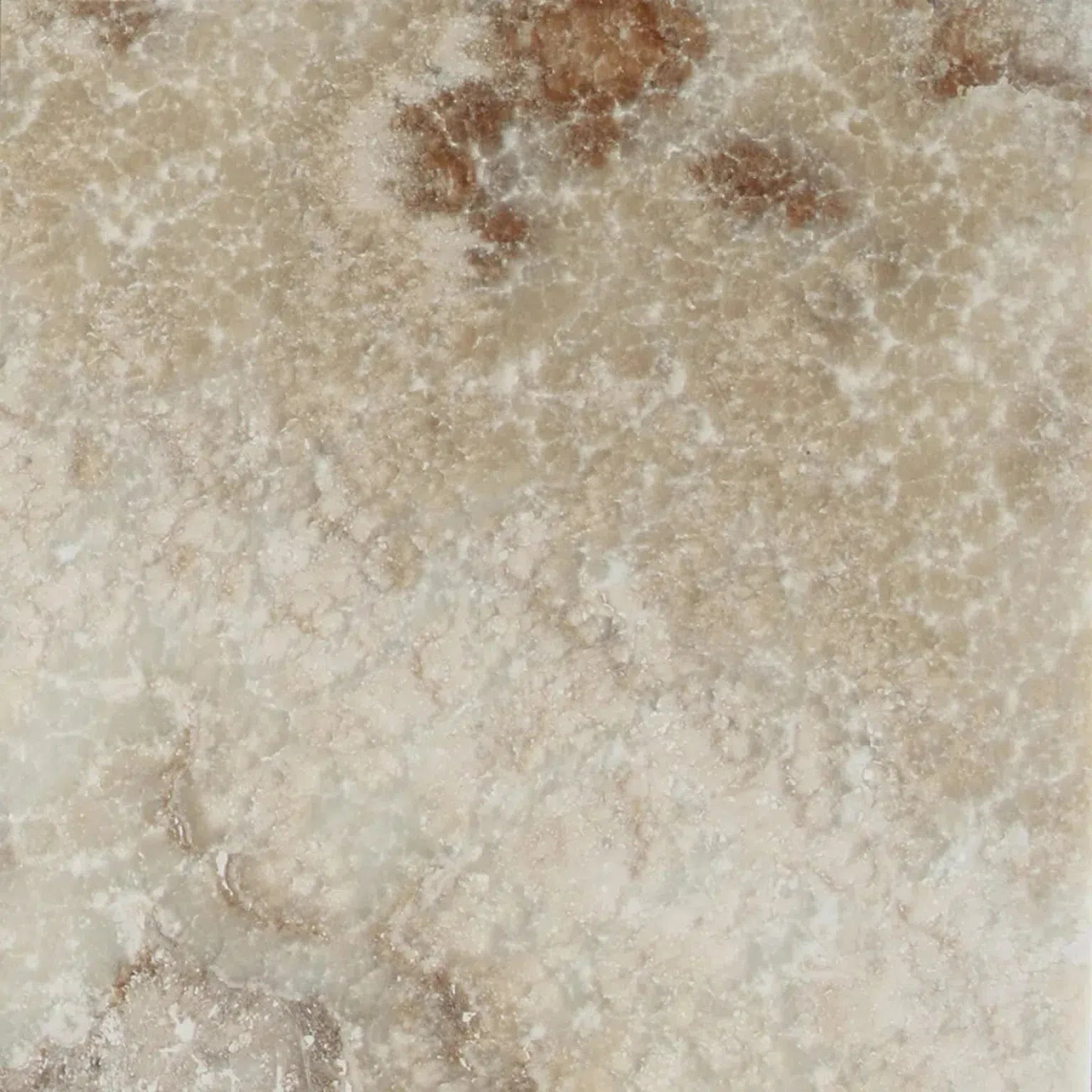 La Travonya Travertine
La Travonya Travertine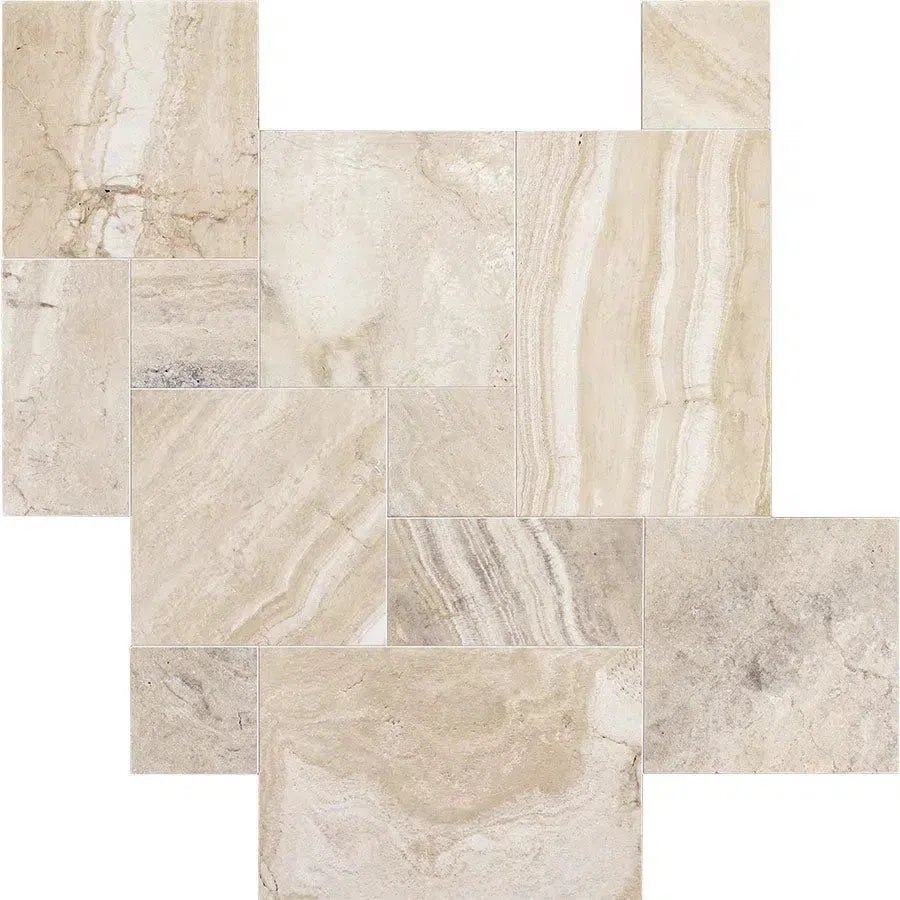 Malibu Travertine
Malibu Travertine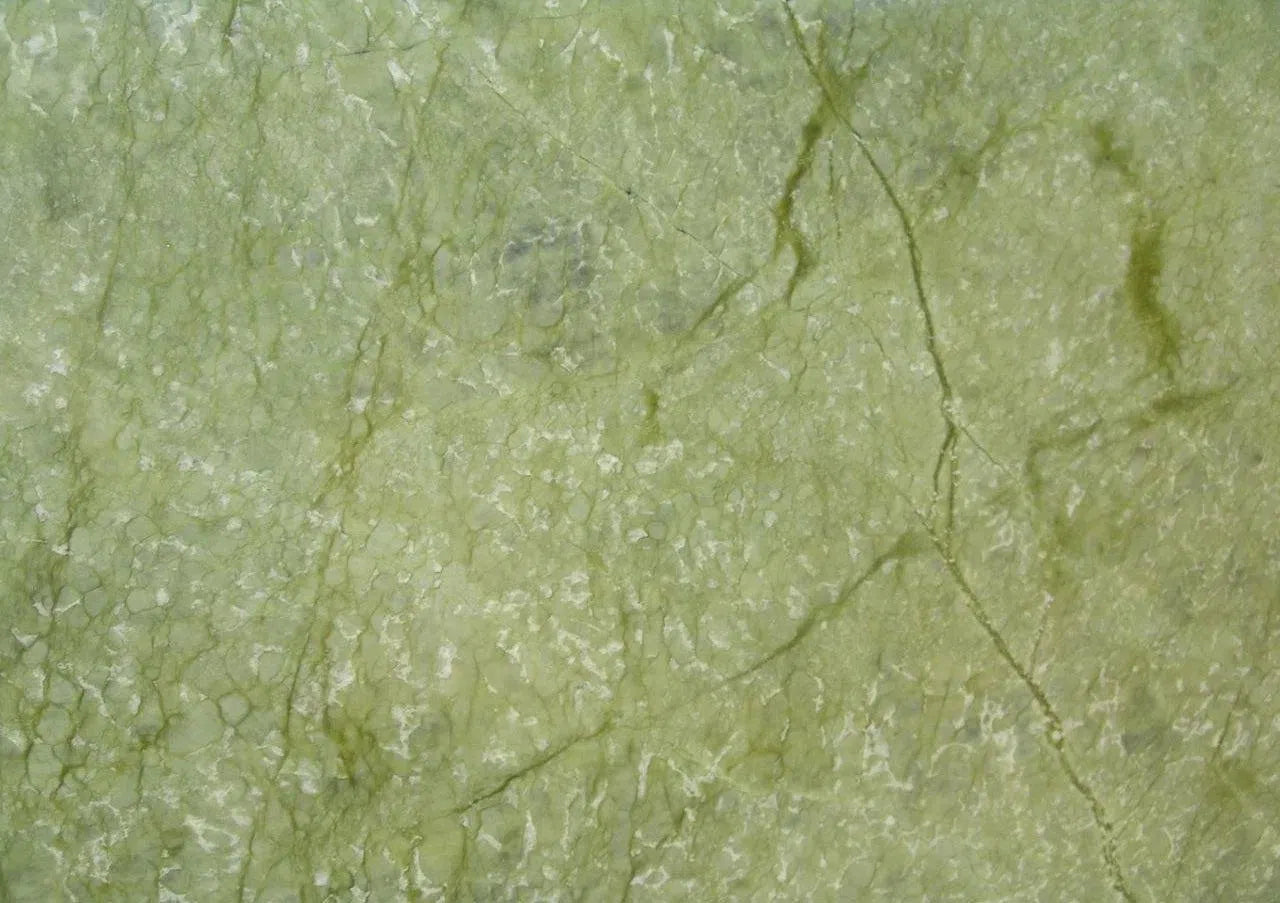 Ming Green Marble
Ming Green Marble Mink (Equator) Marble
Mink (Equator) Marble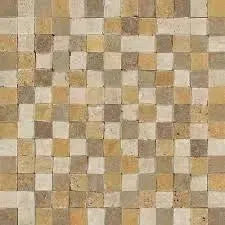 Mixed (Ivory-Noce-Gold) Travertine
Mixed (Ivory-Noce-Gold) Travertine Oriental White Marble
Oriental White Marble Pierre Bleue (Pierre Blue) Marble
Pierre Bleue (Pierre Blue) Marble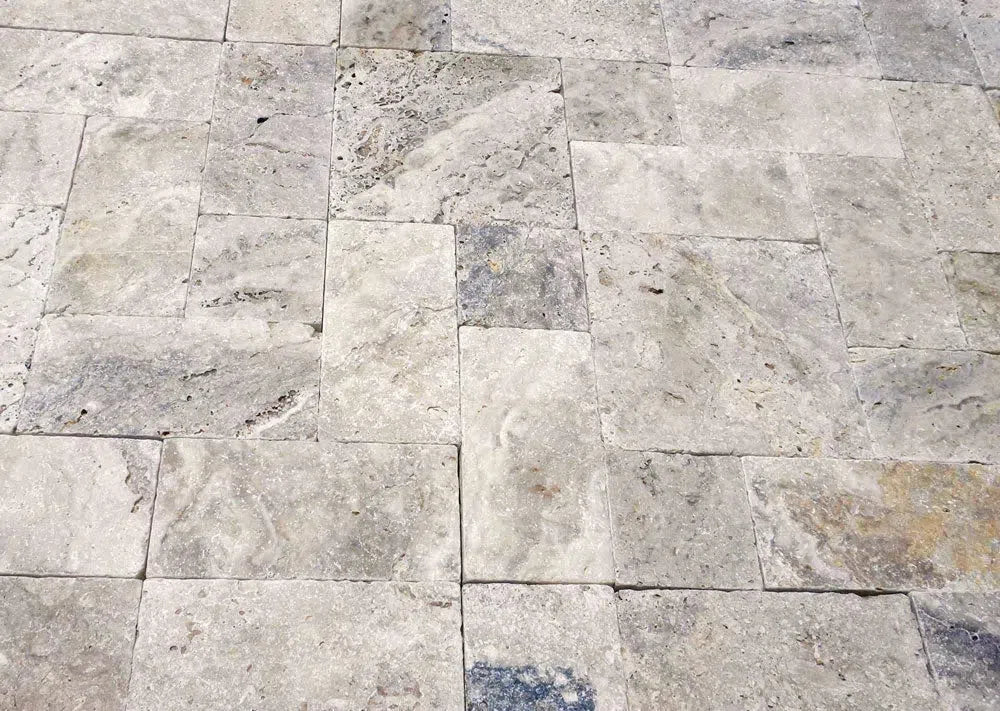 Philadelphia Travertine
Philadelphia Travertine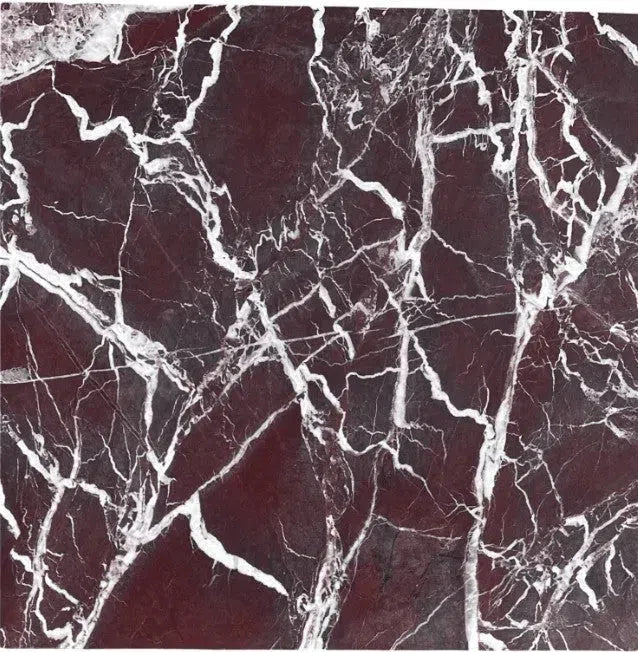 Rosso Levanto Marble
Rosso Levanto Marble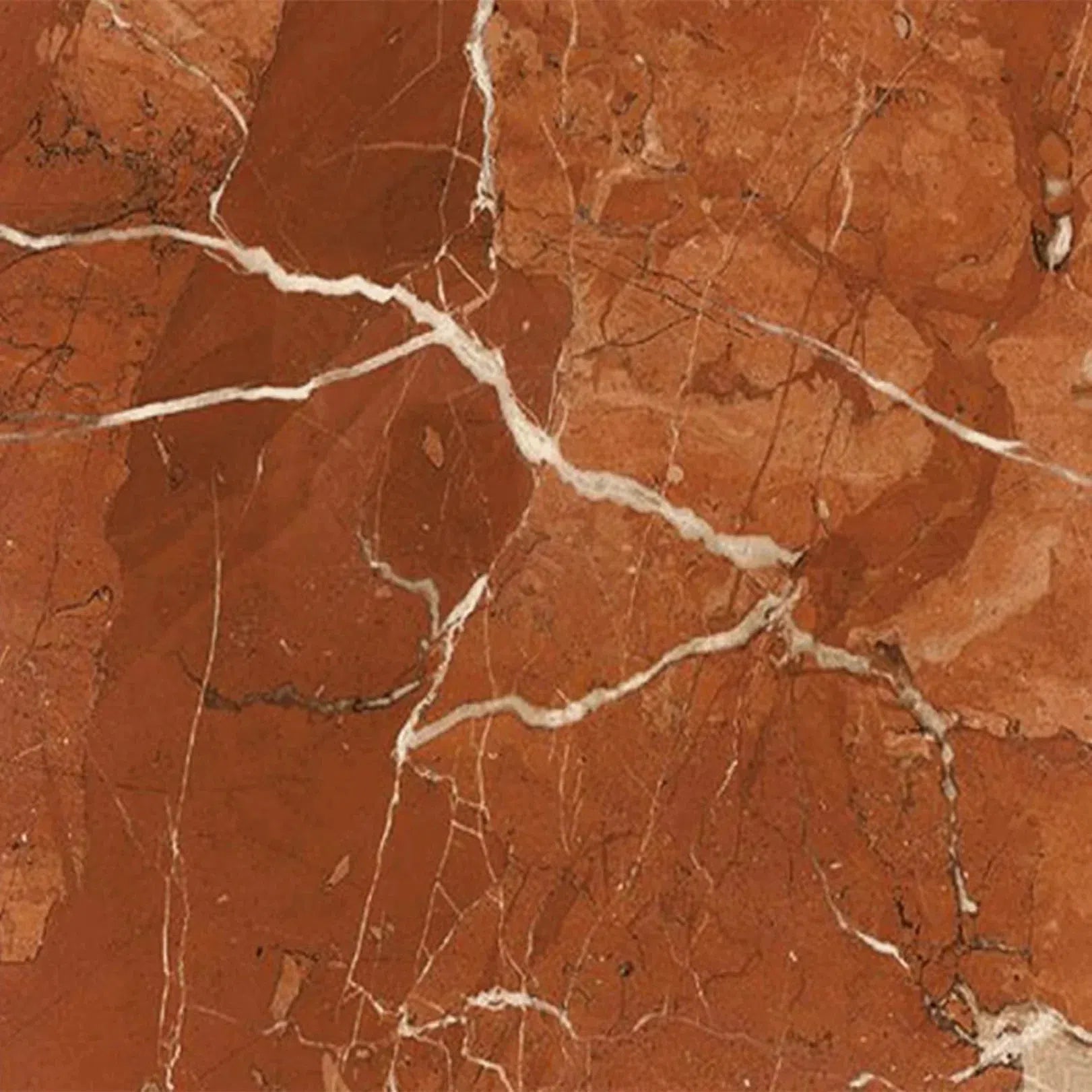 Rojo Alicante Marble
Rojo Alicante Marble Sky Blue | Azul Cielo Marble
Sky Blue | Azul Cielo Marble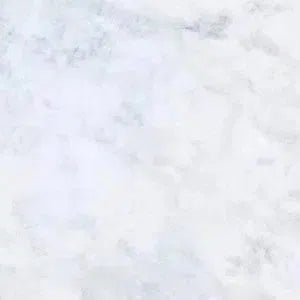 Snow White (Afyon White) Marble
Snow White (Afyon White) Marble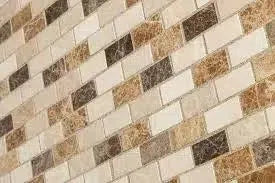 Spanish Mix Marble
Spanish Mix Marble Statuary - Statuario White (Italian) Marble
Statuary - Statuario White (Italian) Marble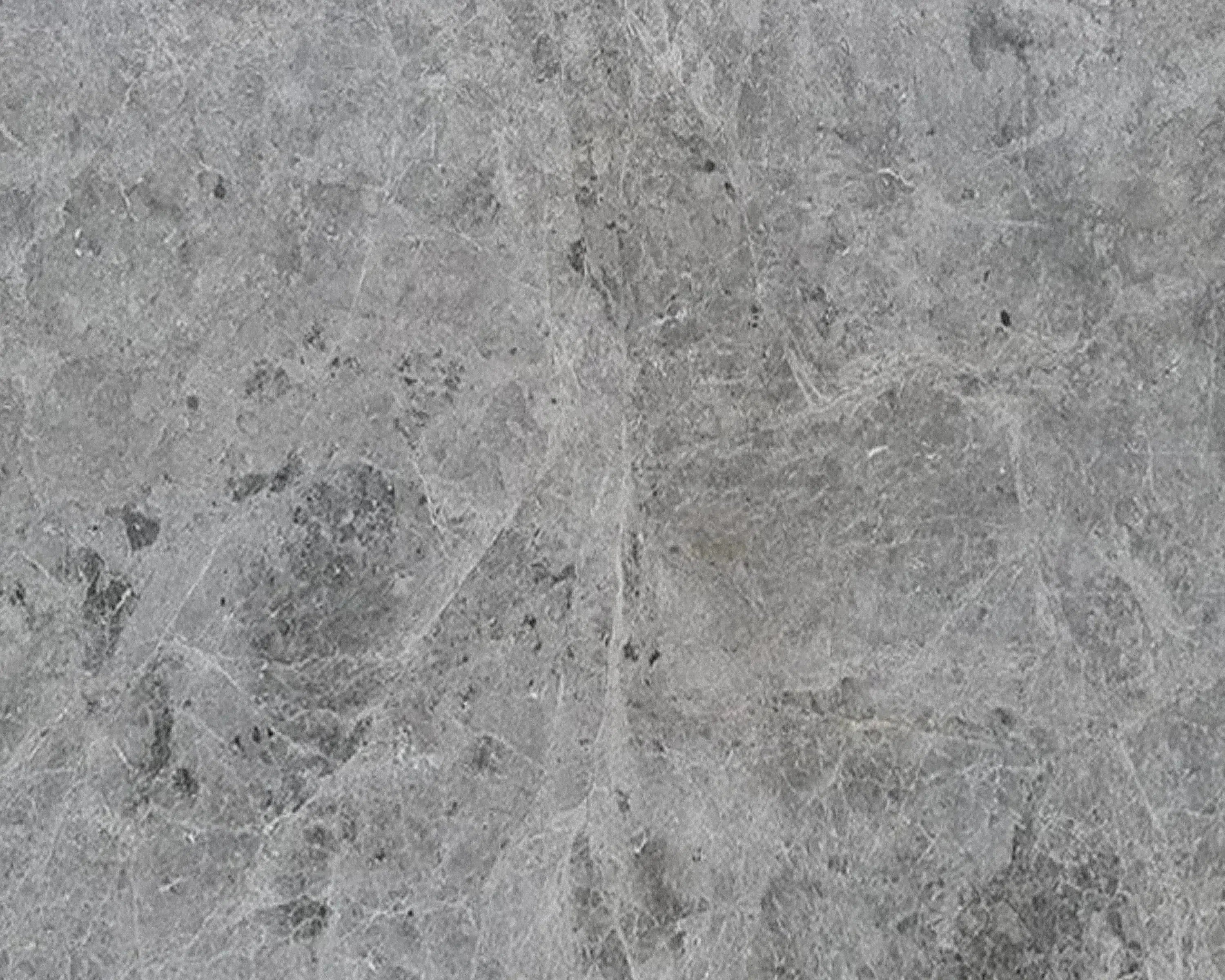 Tundra Gray (Atlantic Gray) Marble
Tundra Gray (Atlantic Gray) Marble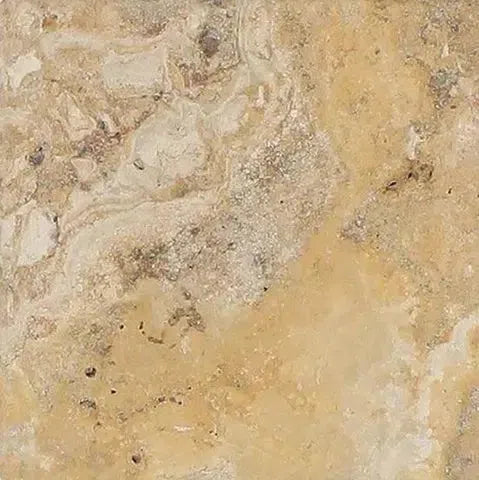 Valencia Travertine
Valencia Travertine Valerenga Travertine
Valerenga Travertine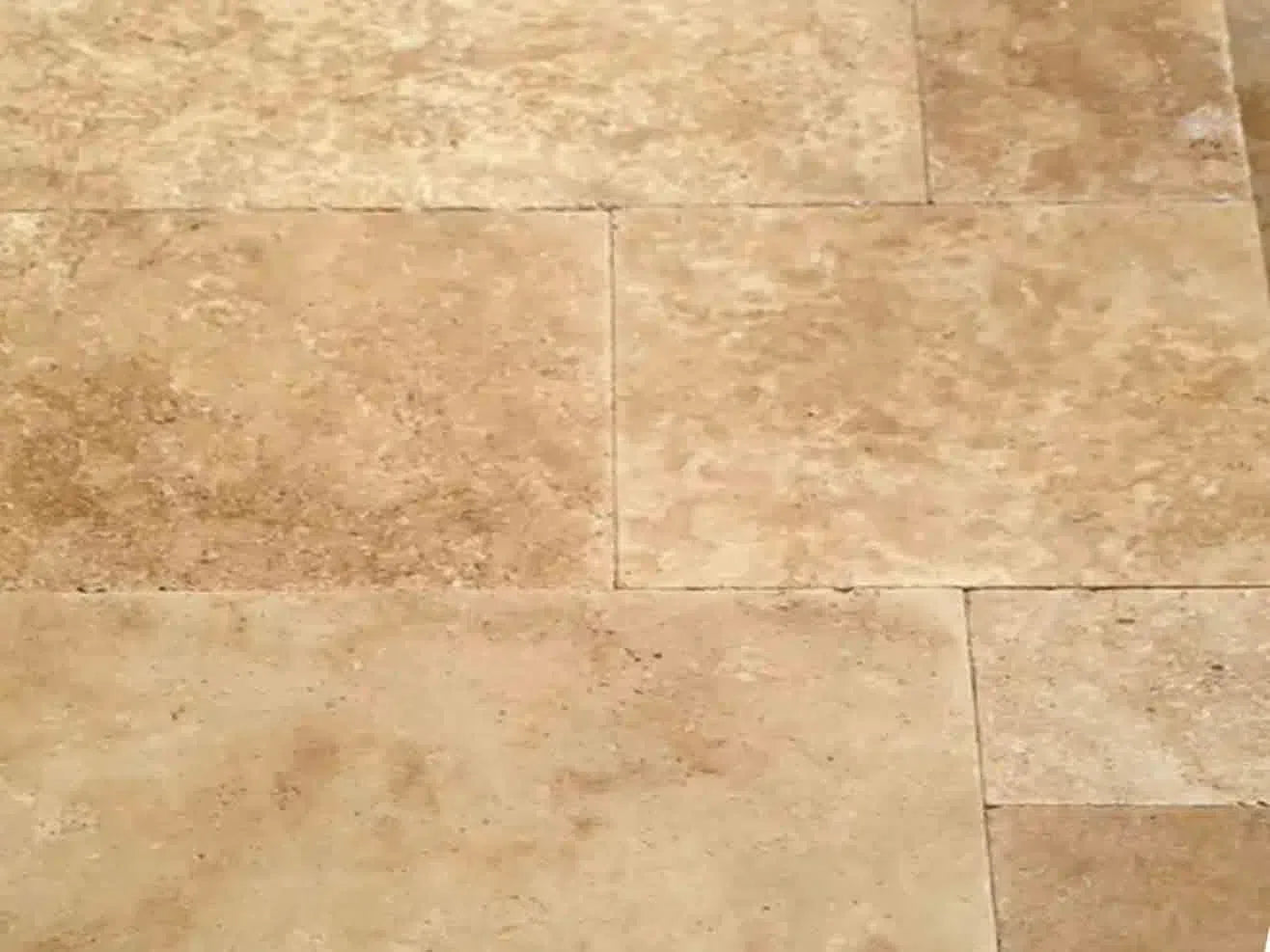 Walnut Travertine
Walnut Travertine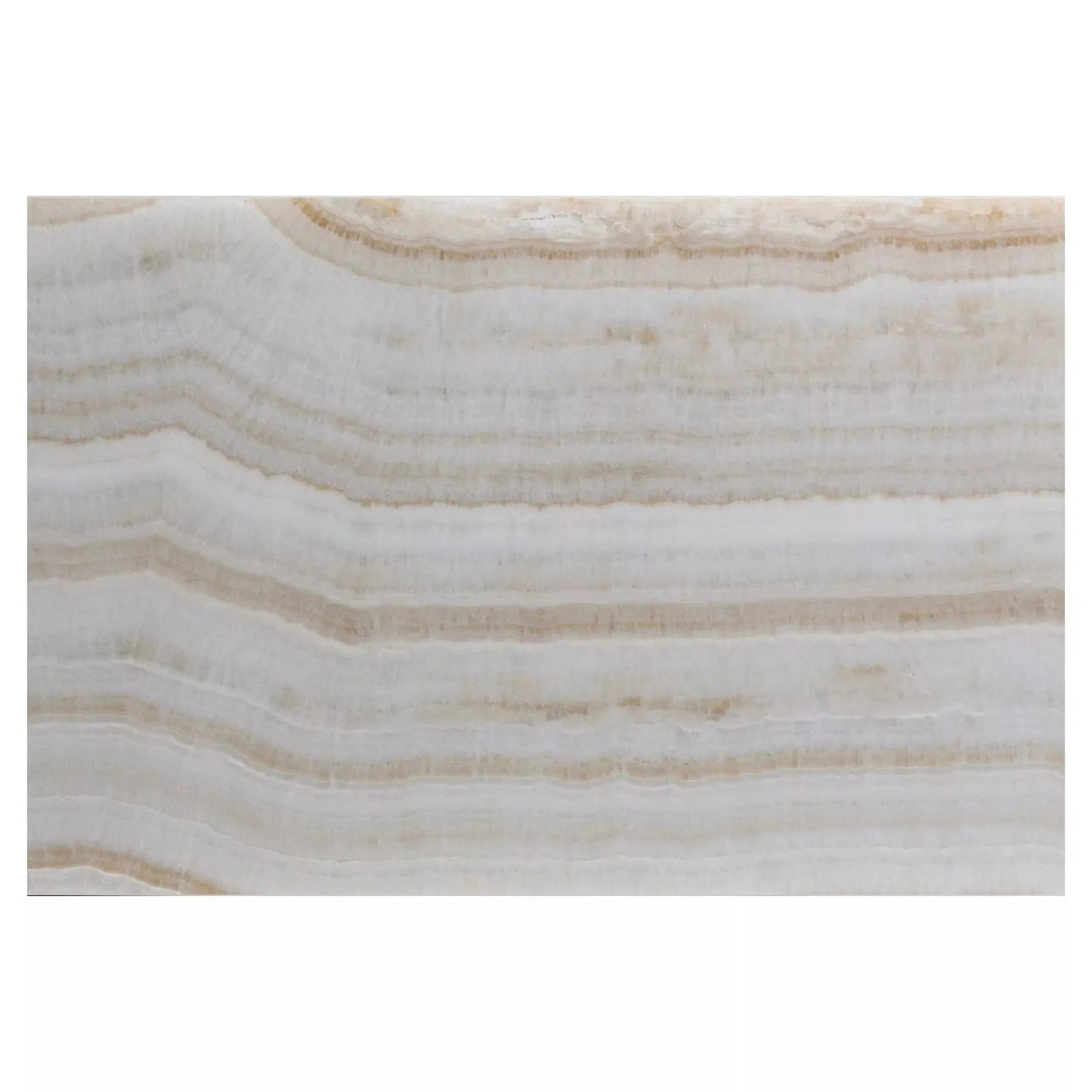 White Onyx Marble
White Onyx Marble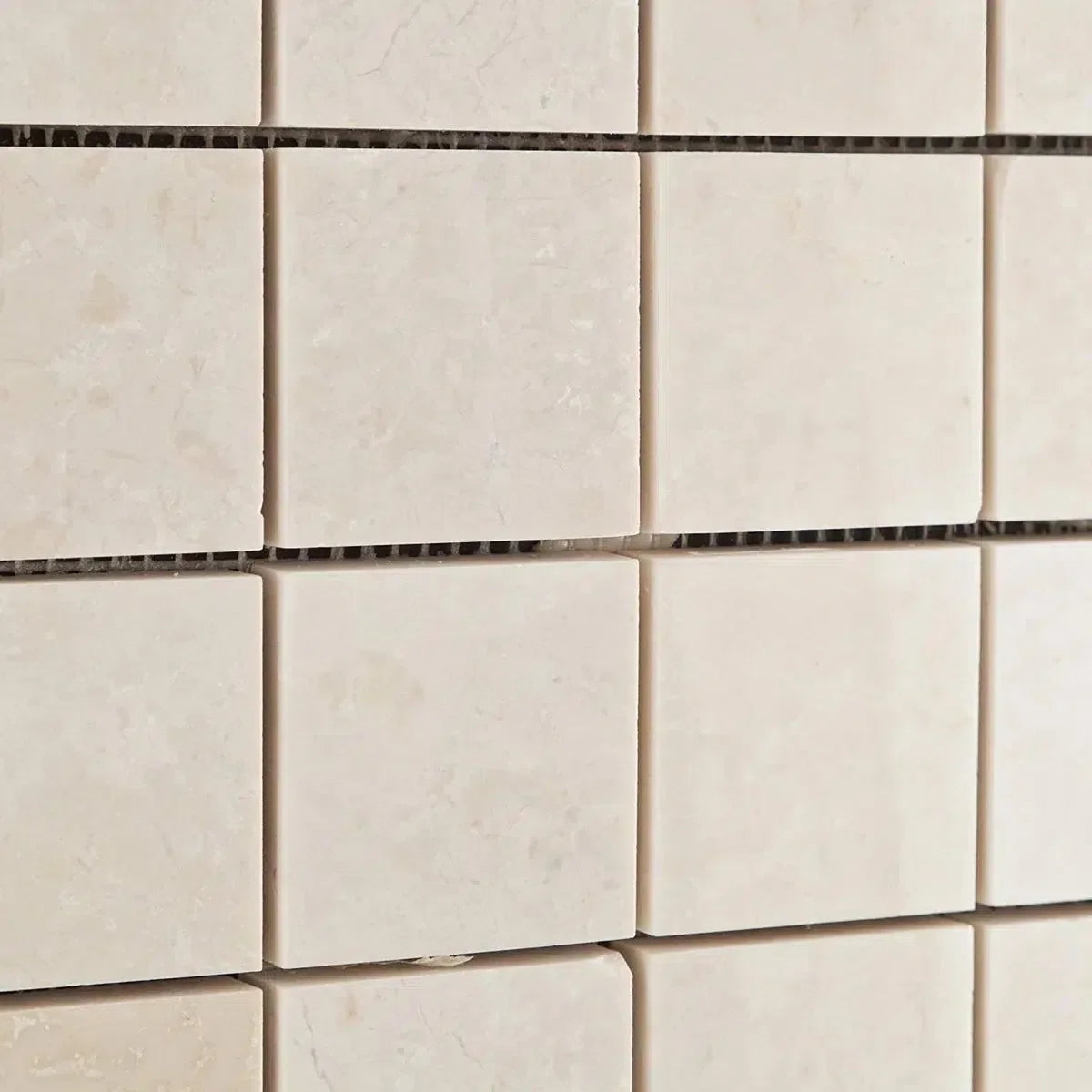 White Pearl/Botticino Beiege Marble
White Pearl/Botticino Beiege Marble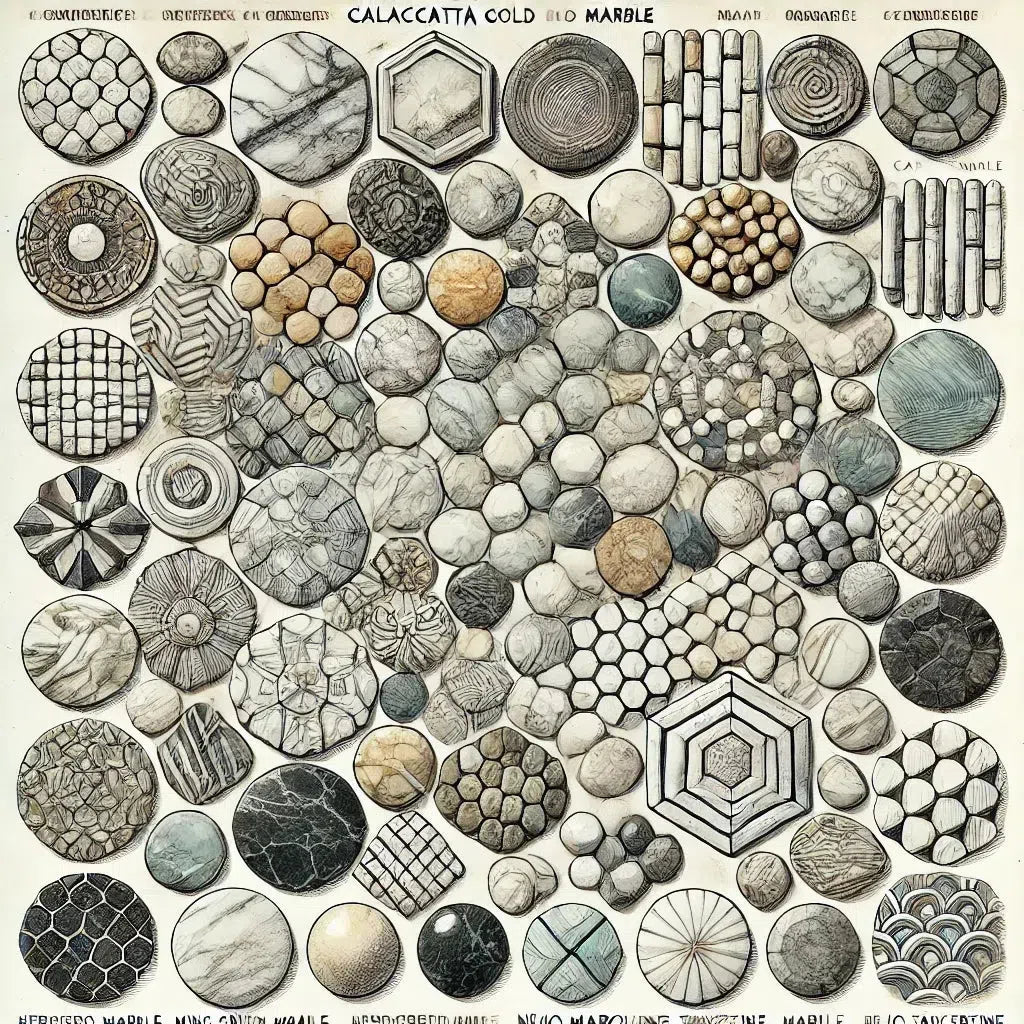 Shop By Type
Shop By Type
 Marble Tiles
Marble Tiles Marble Mosaic
Marble Mosaic Travertine Tiles
Travertine Tiles Travertine Mosaic
Travertine Mosaic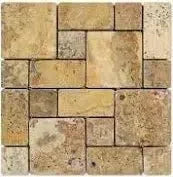 4 pcs Versailles Pattern / French Pattern Set
4 pcs Versailles Pattern / French Pattern Set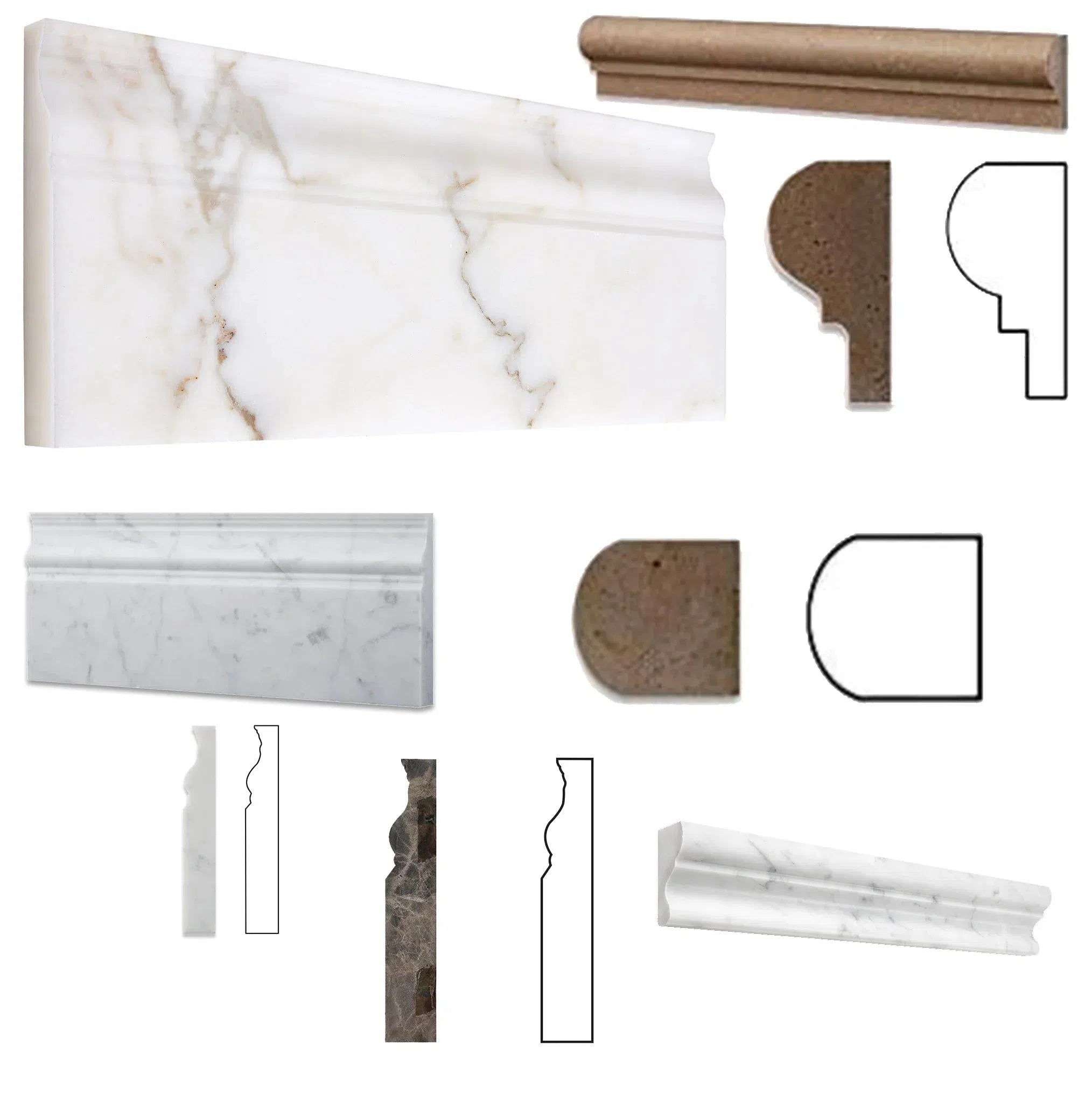 Molding/Trim
Molding/Trim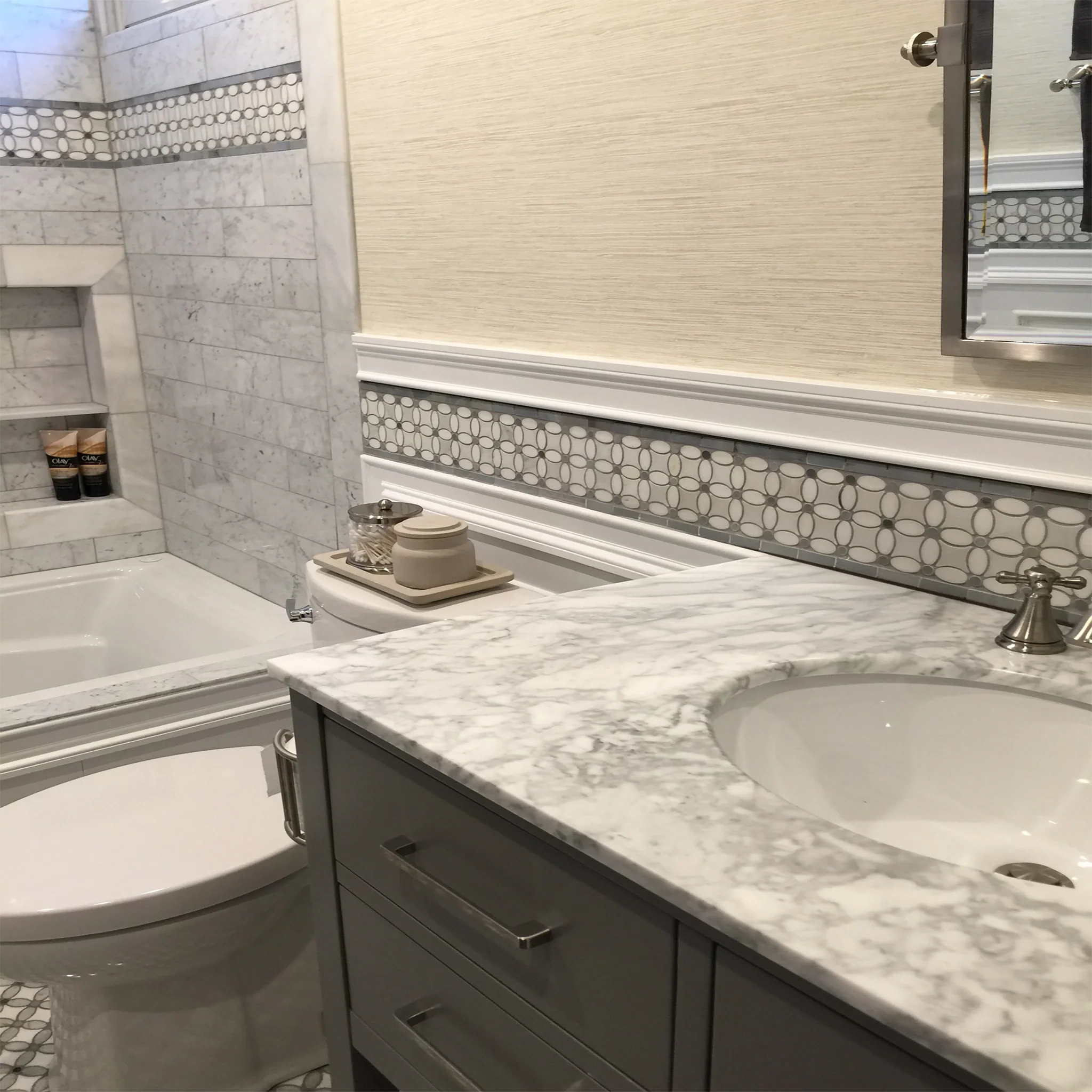 Border/Listello
Border/Listello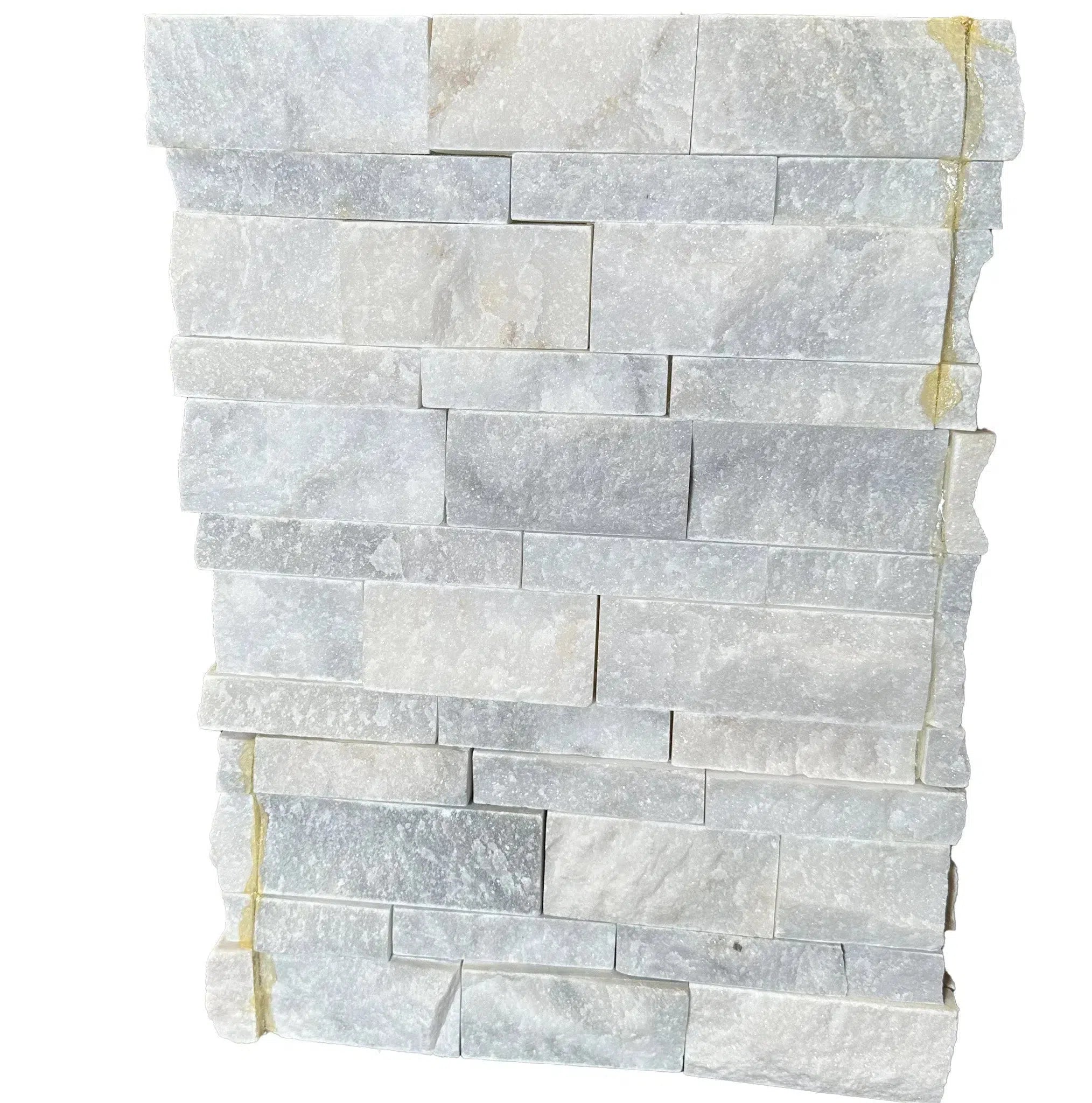 Ledger-Panel
Ledger-Panel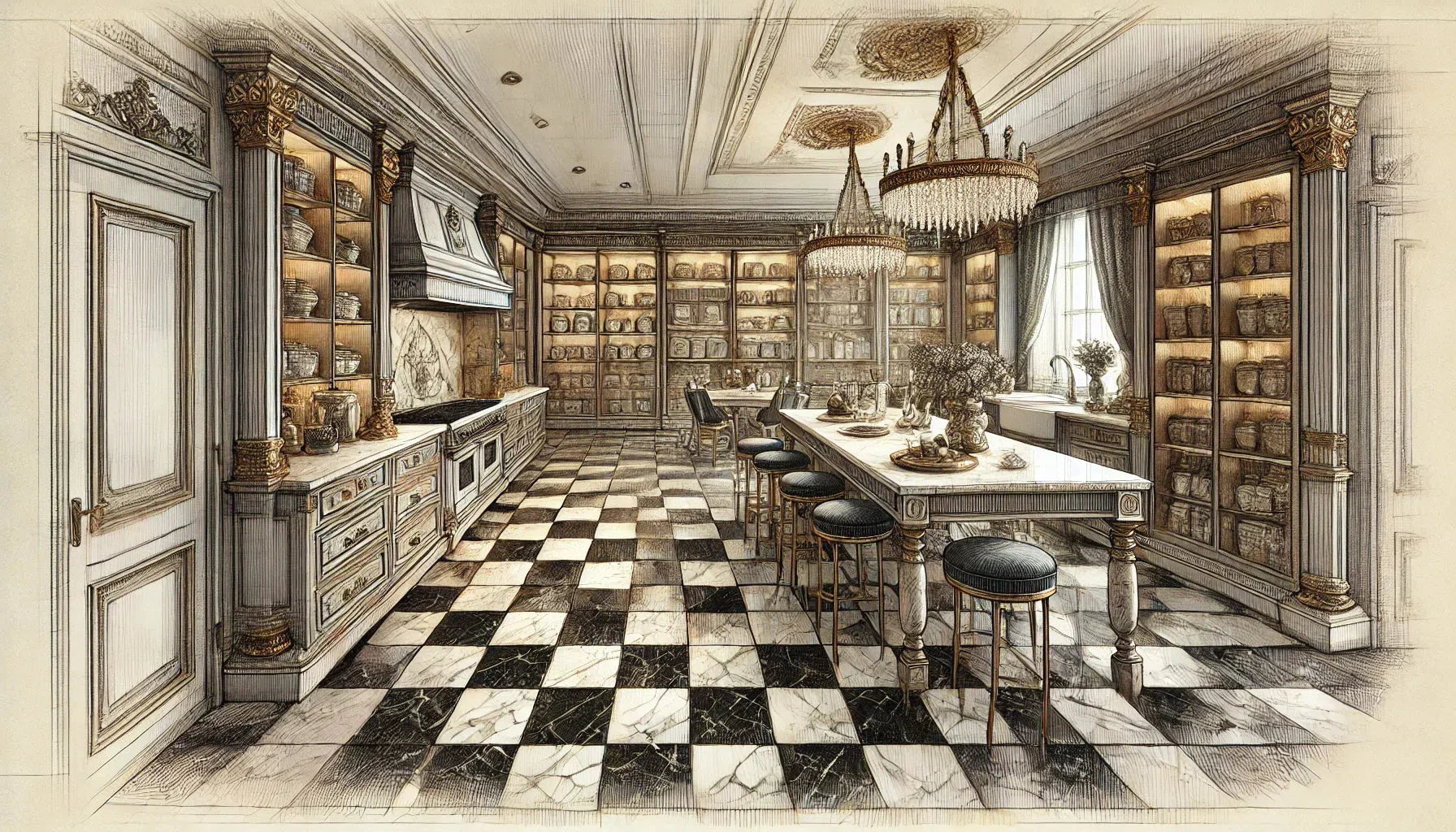 Checkerboard
Checkerboard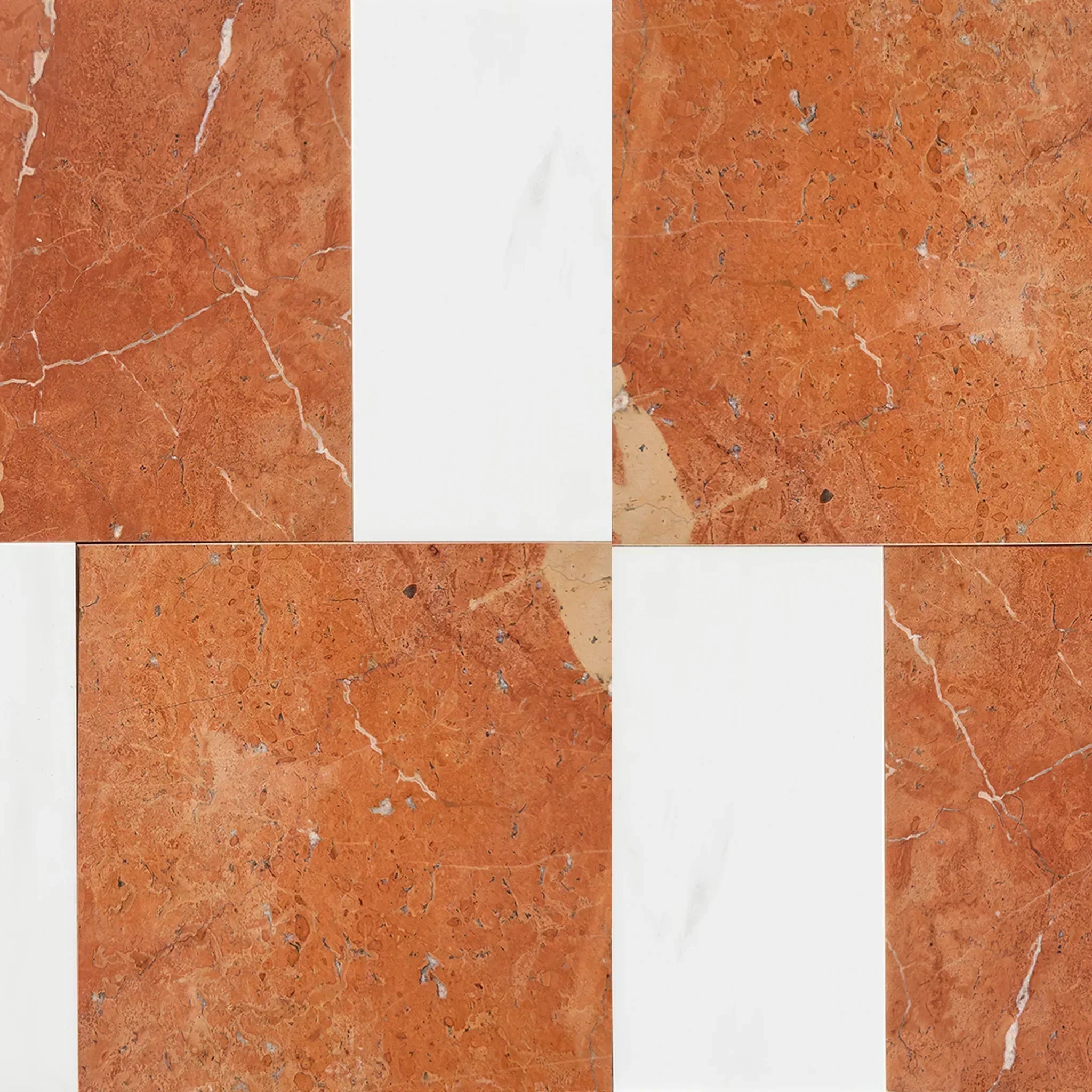 Patterned Tile Collection
Patterned Tile Collection  Shop By Finish
Shop By Finish
 Polished
Polished Honed
Honed Brushed
Brushed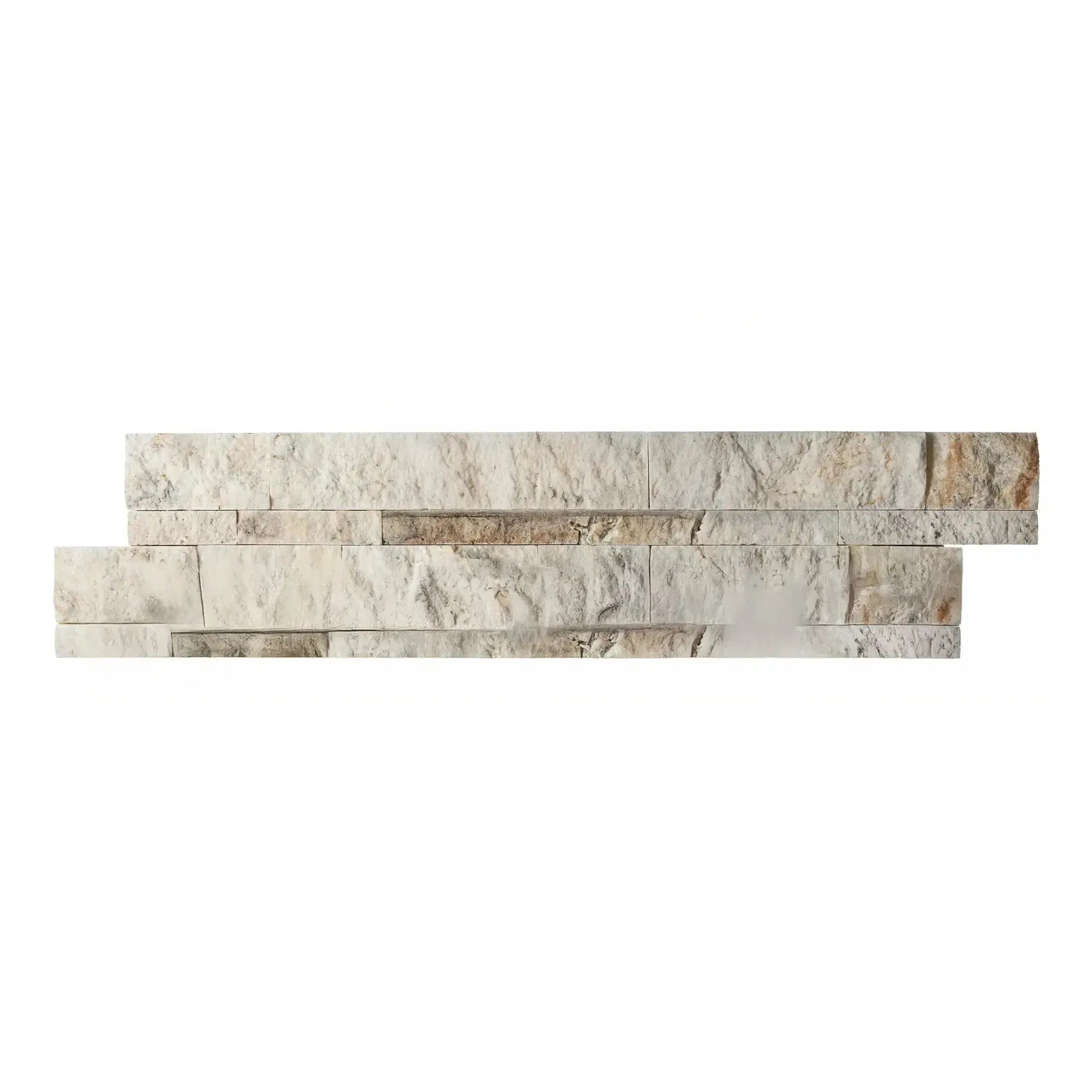 Split Face
Split Face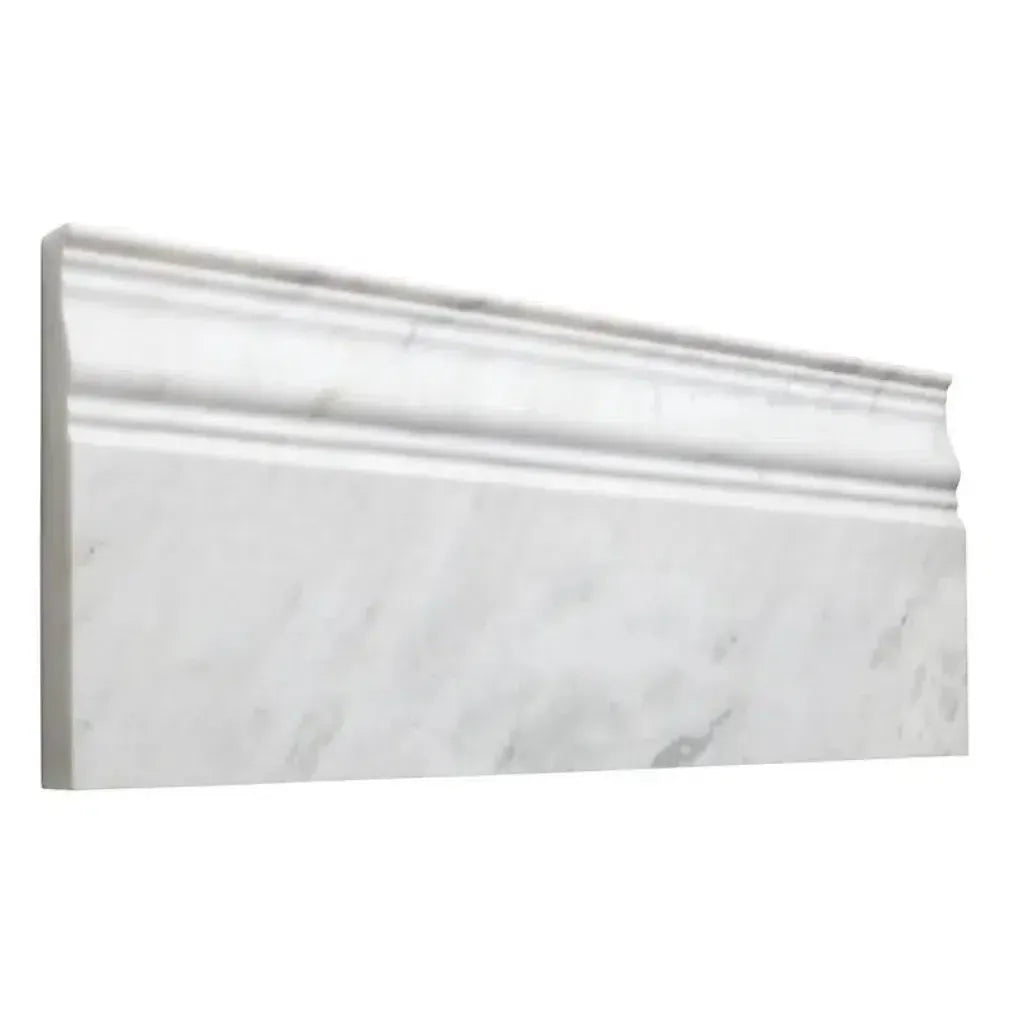 Textured
Textured Tumbled
Tumbled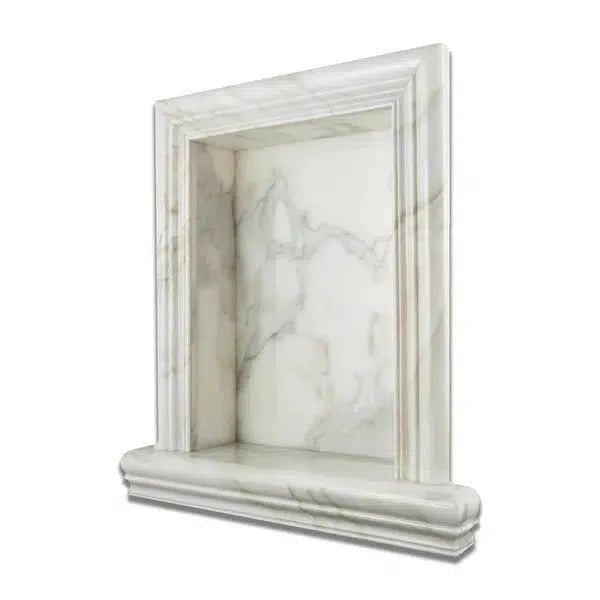 Accessories
Accessories
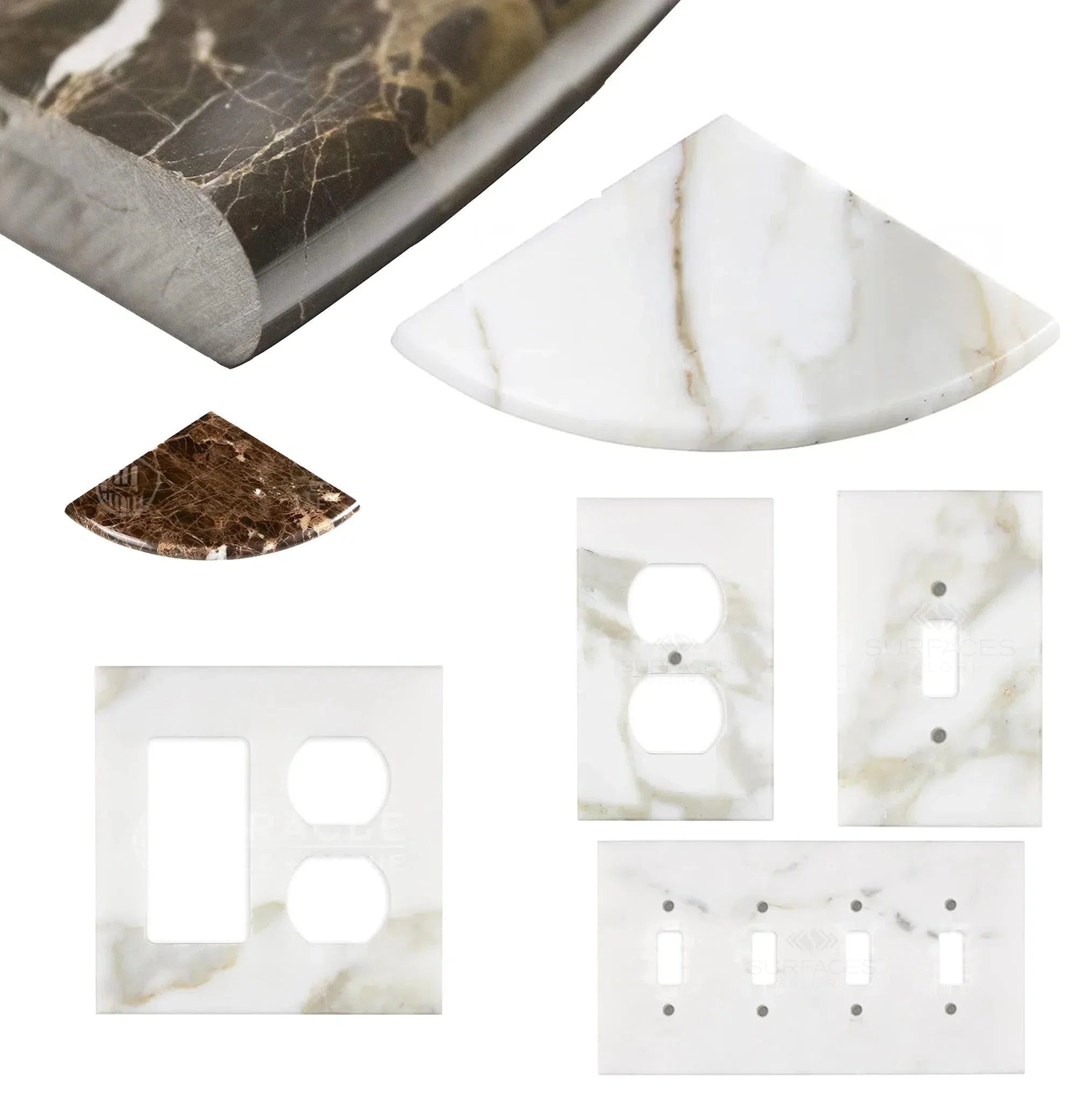 Wall Plate / Switch Plate
Wall Plate / Switch Plate Shampoo Niche
Shampoo Niche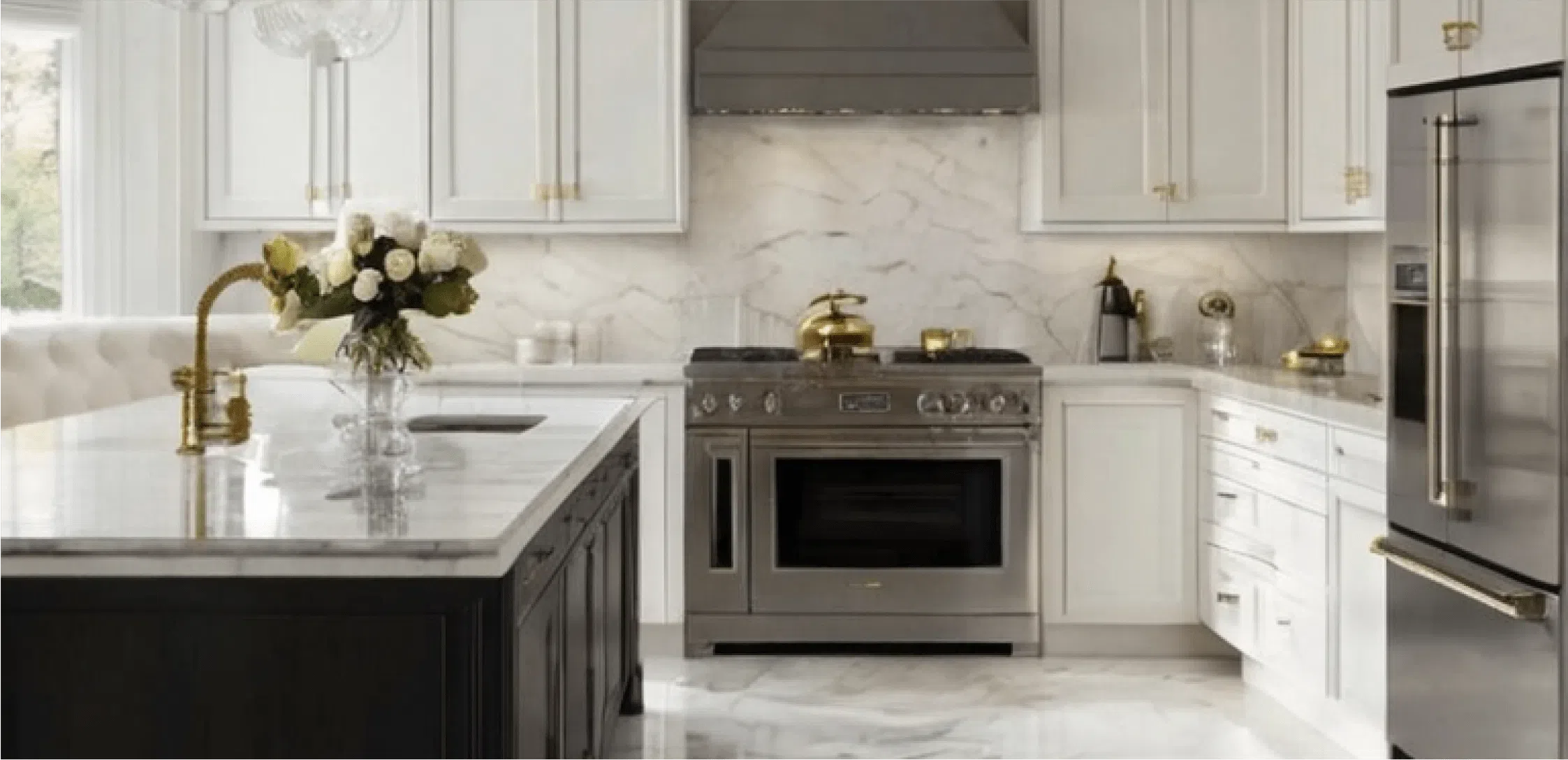 Corner Shelf
Corner Shelf Clearance
Clearance





Leave a comment